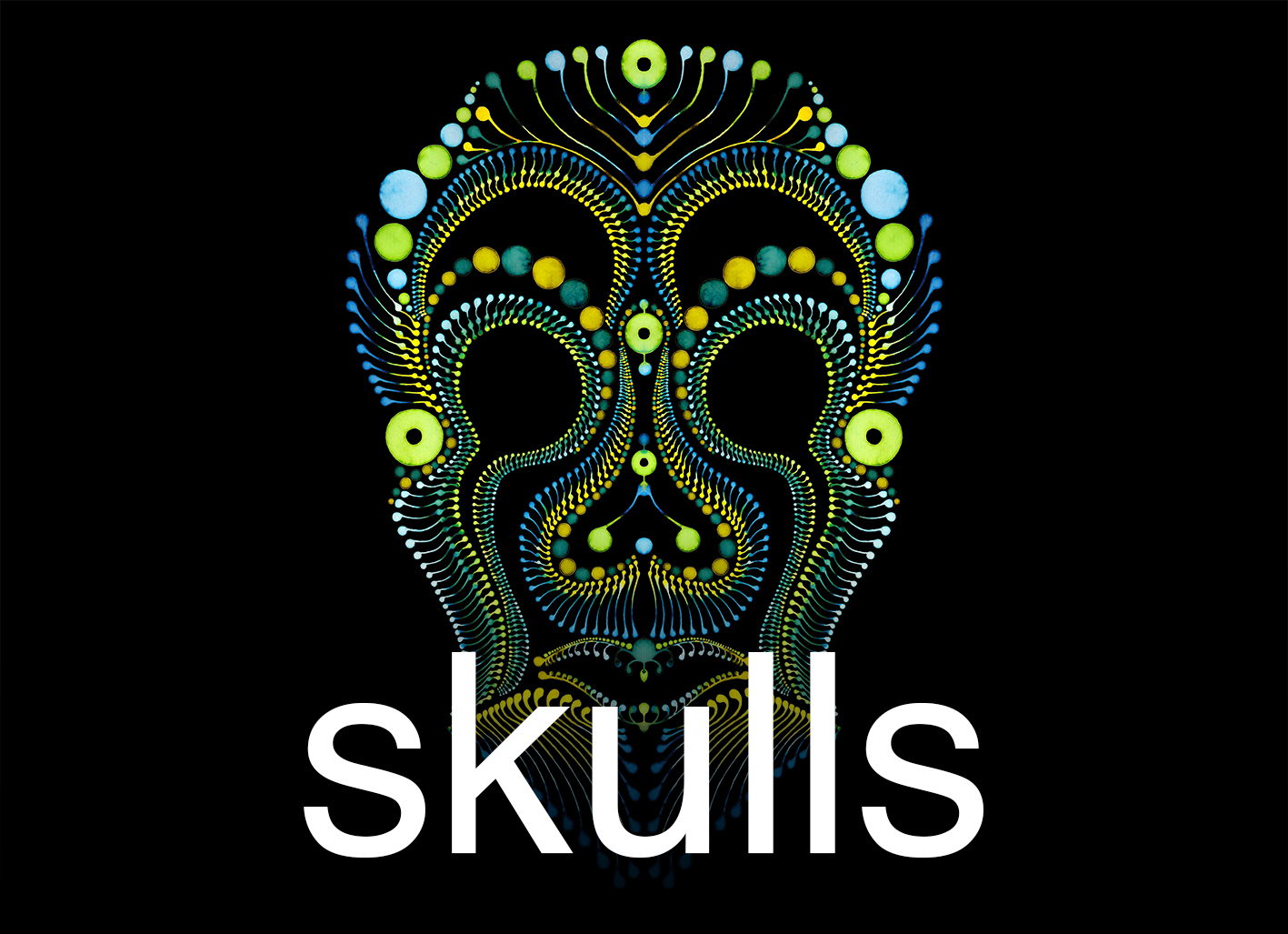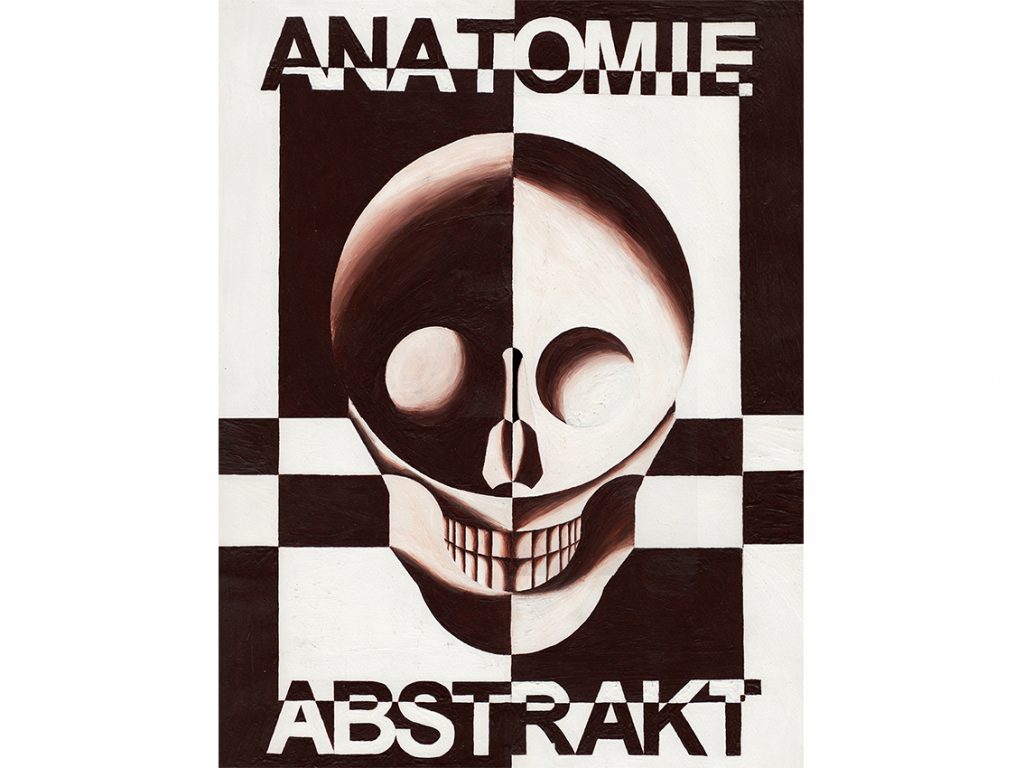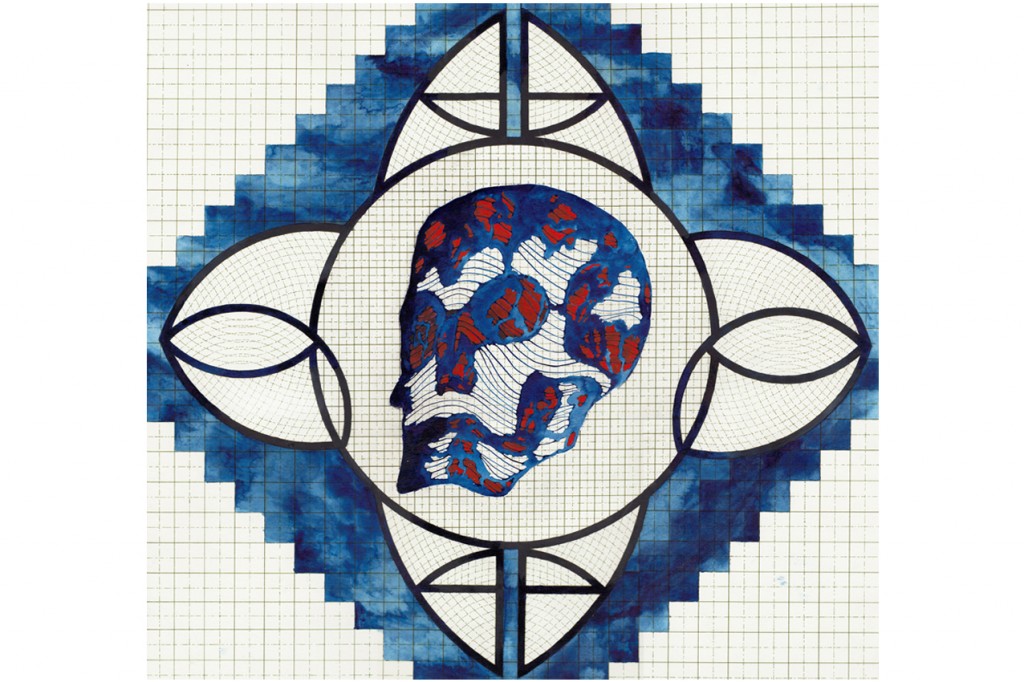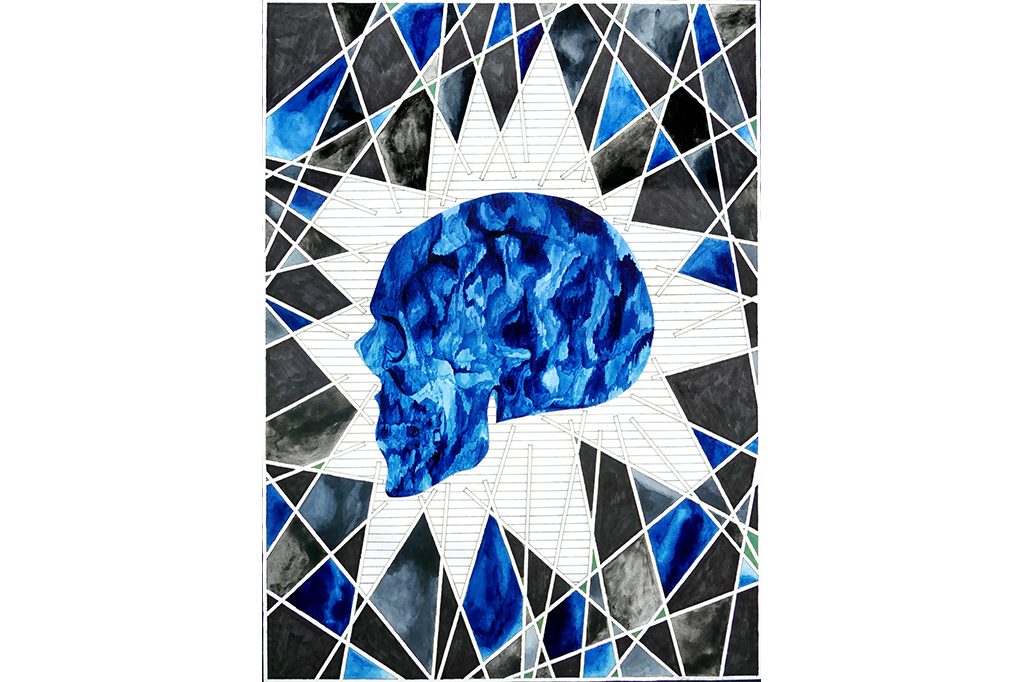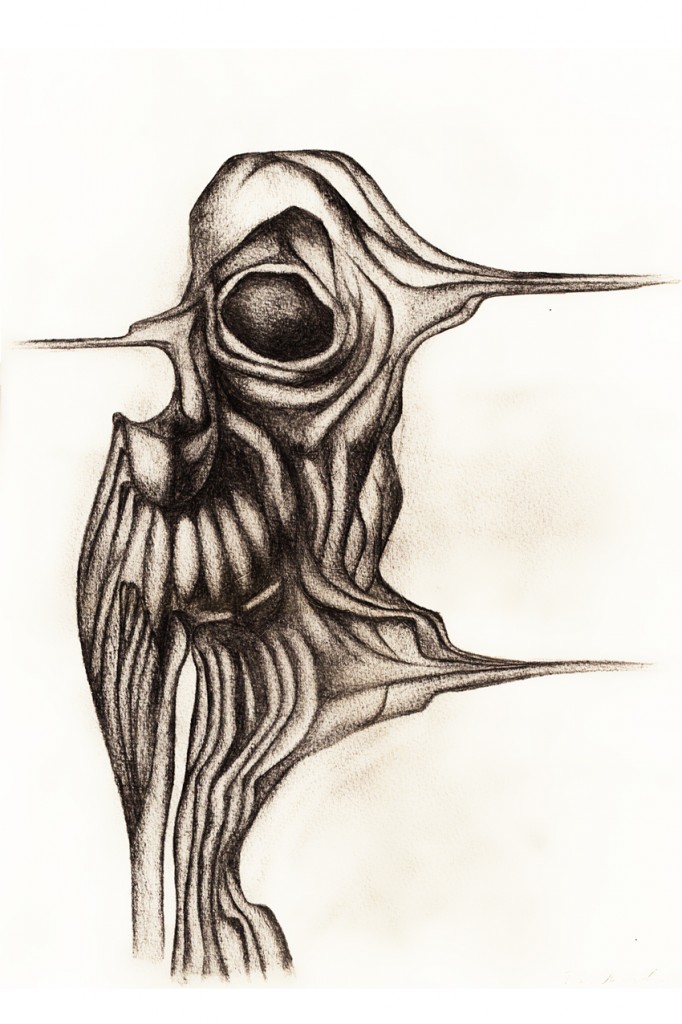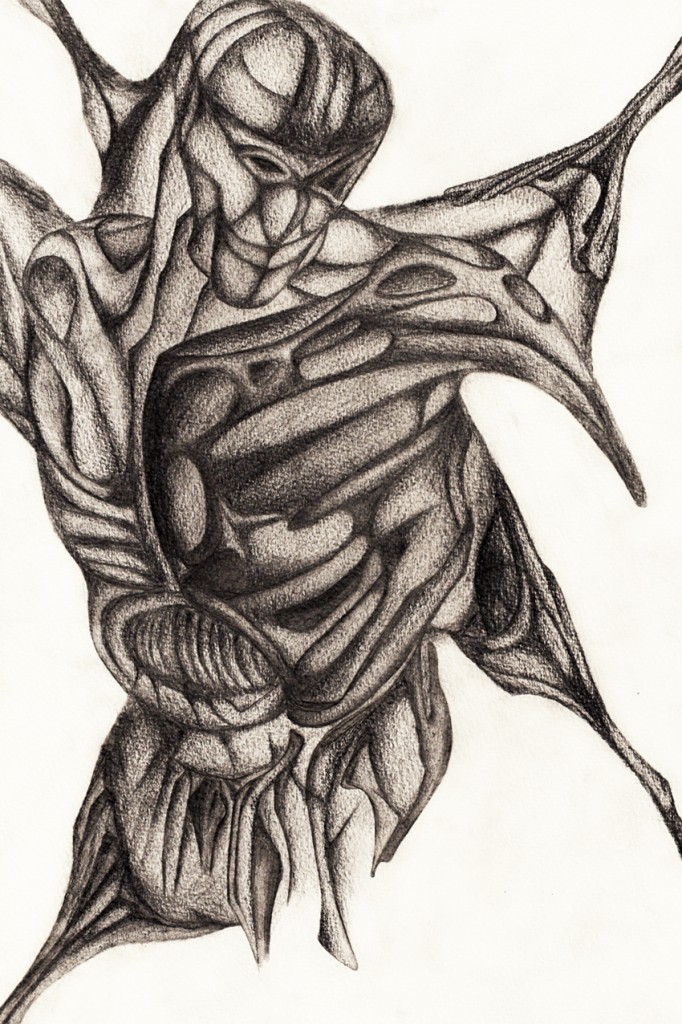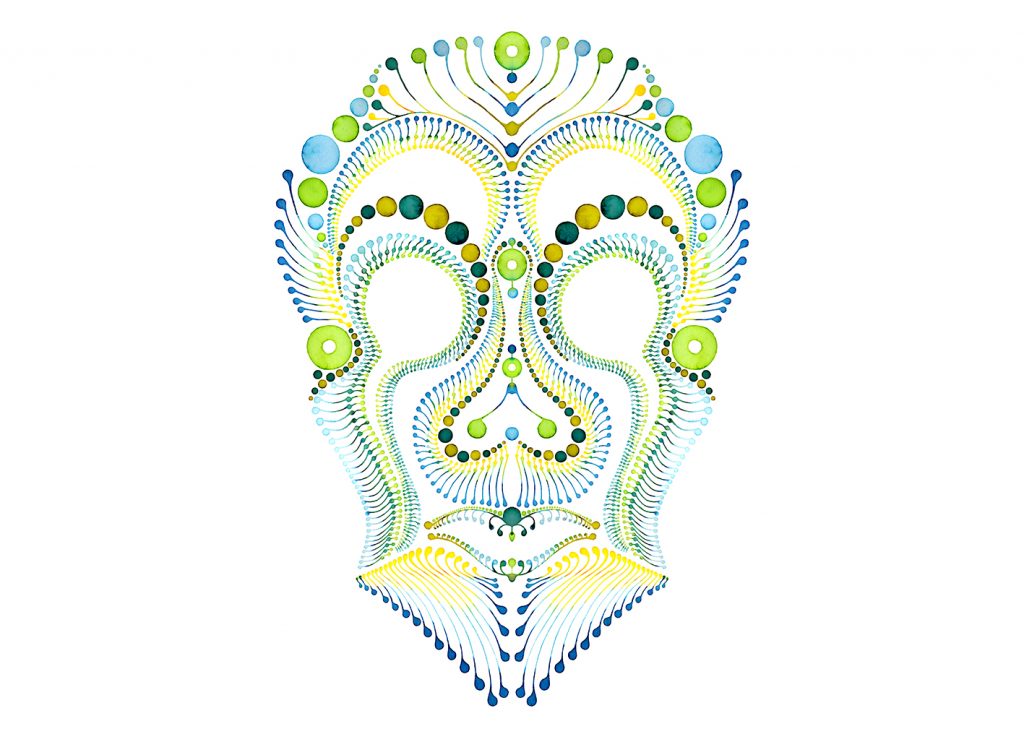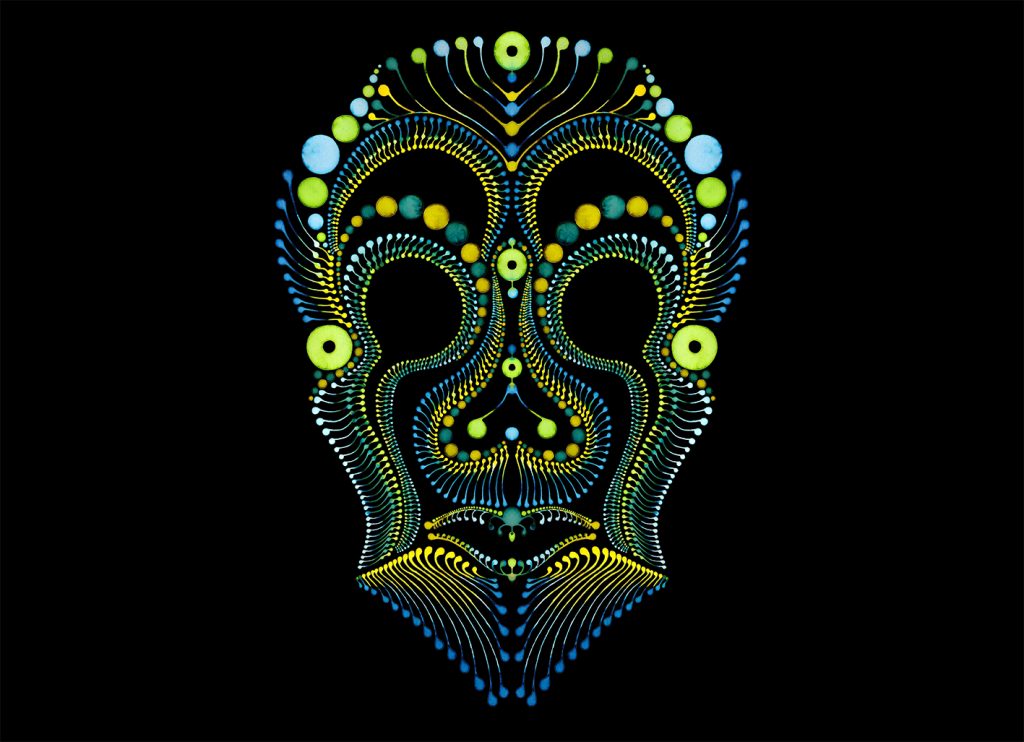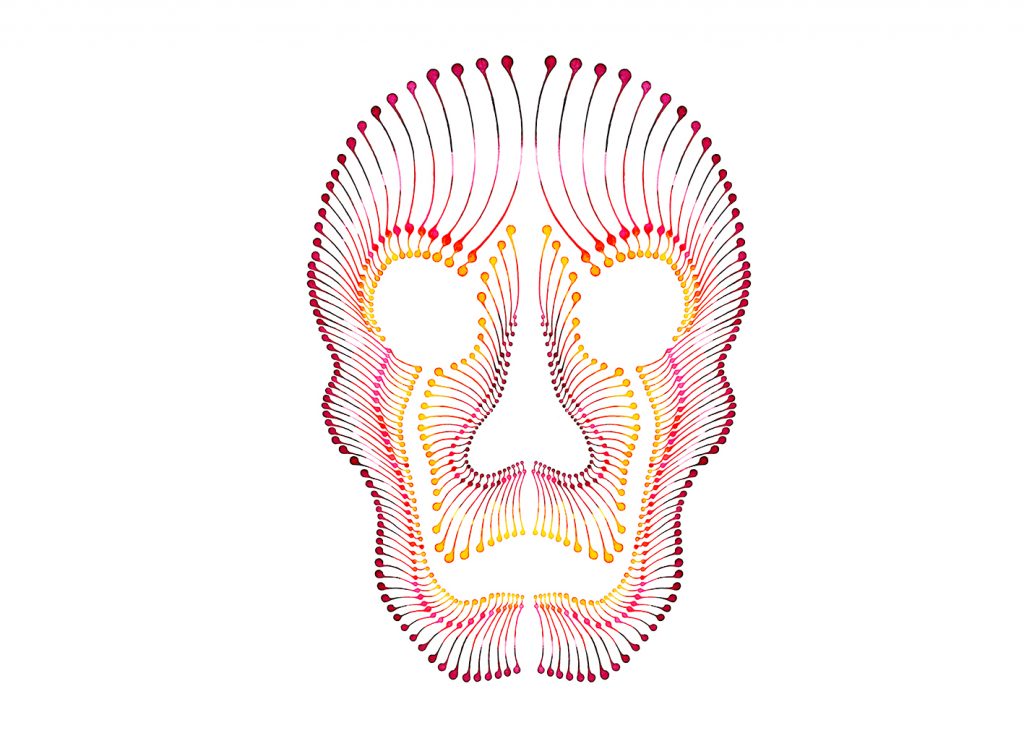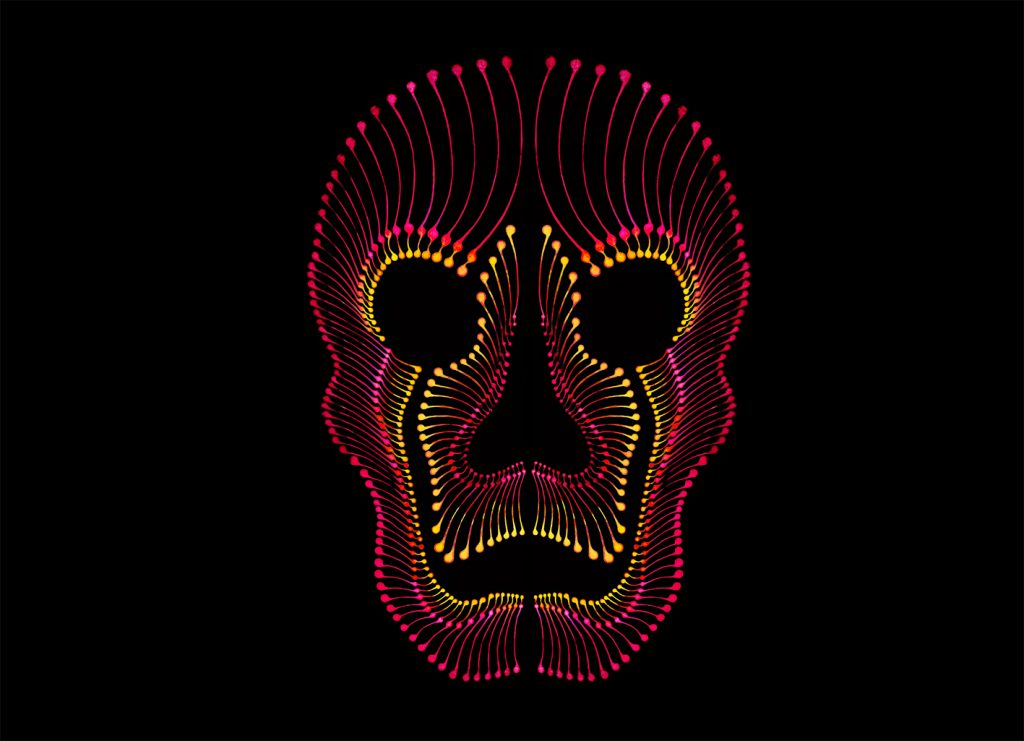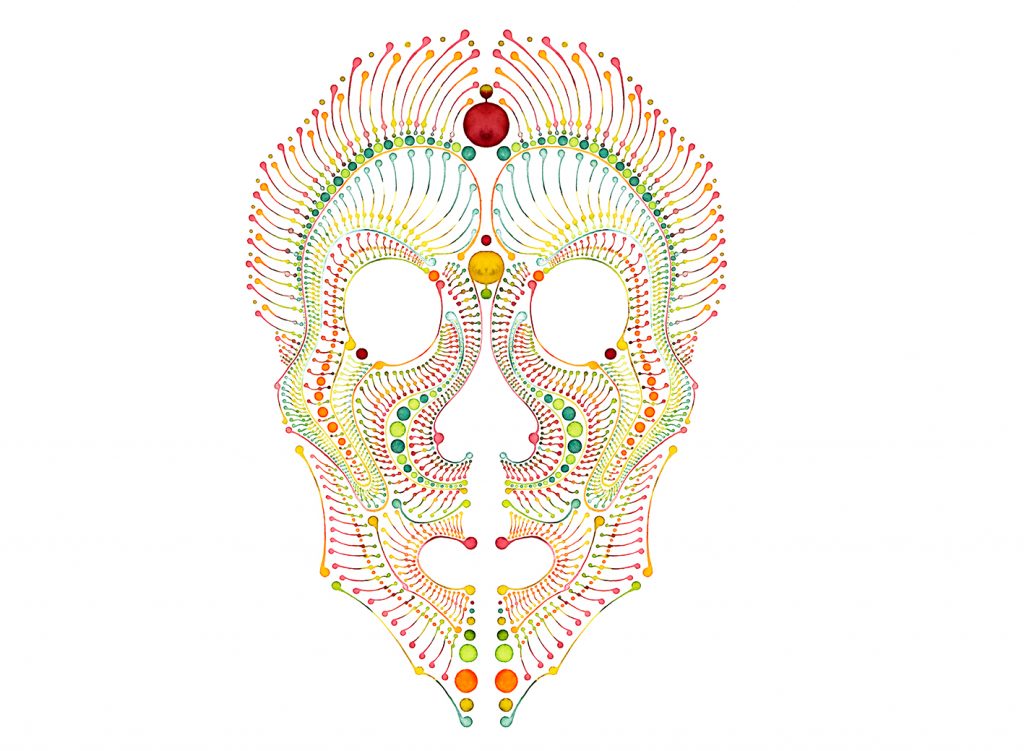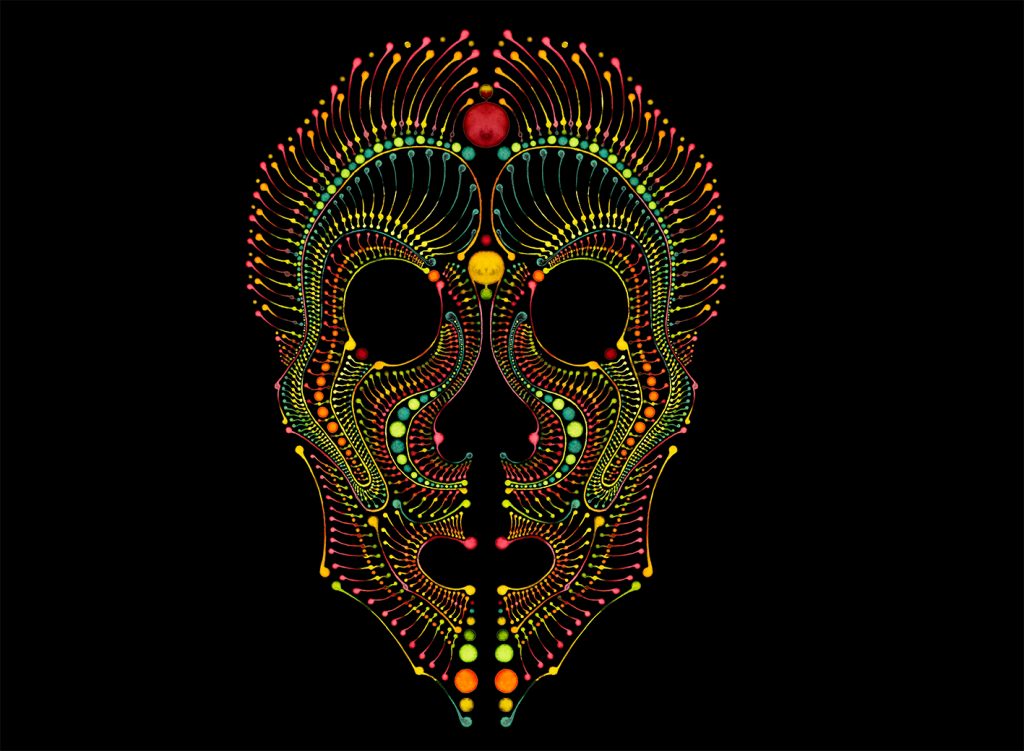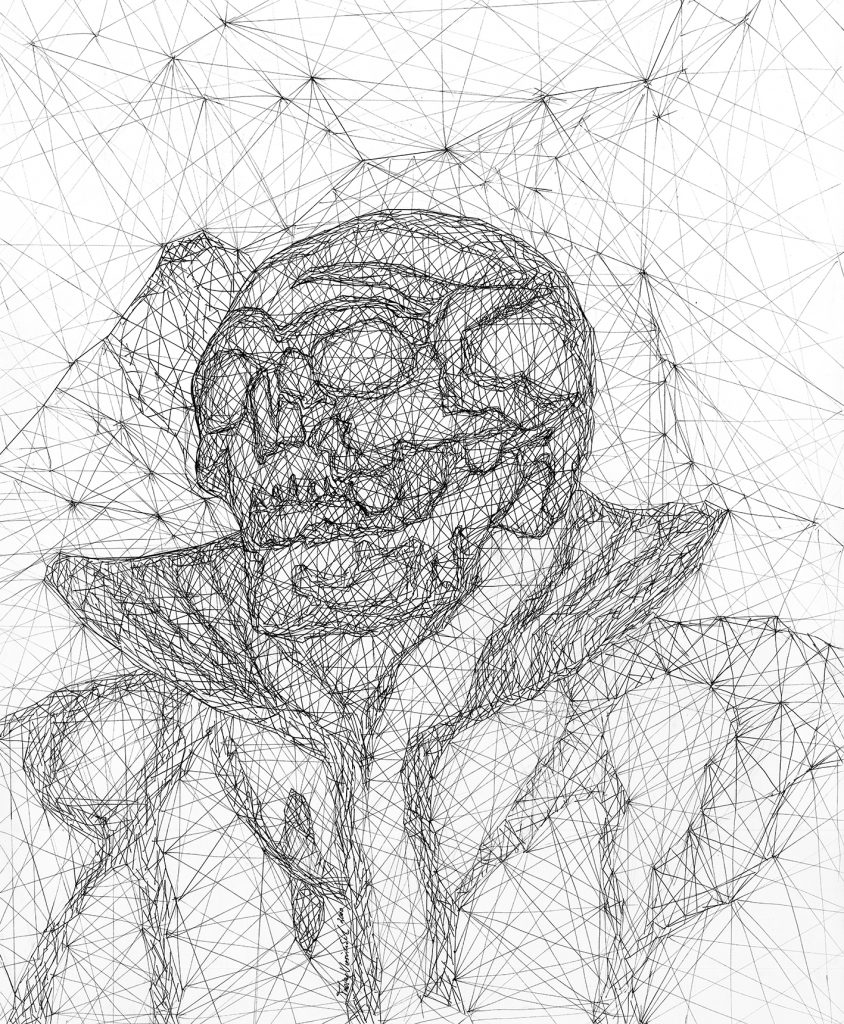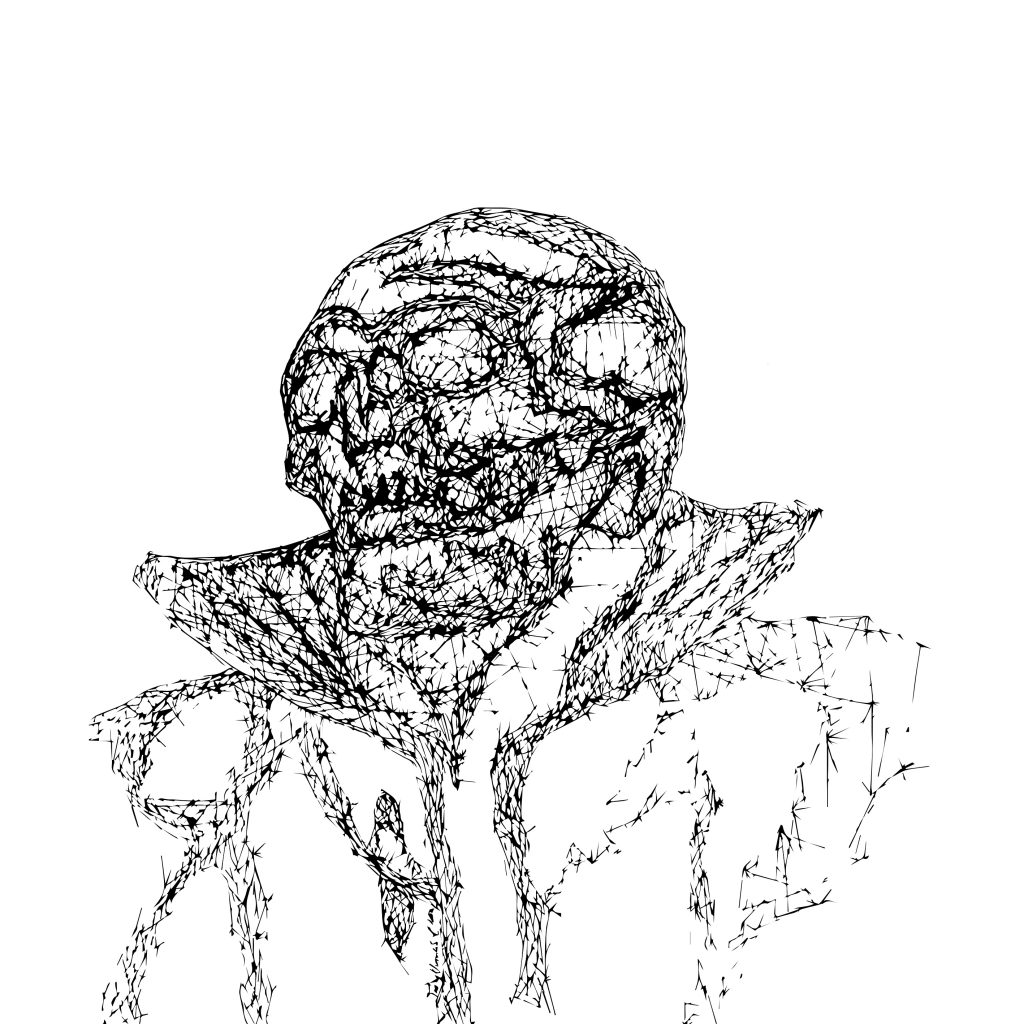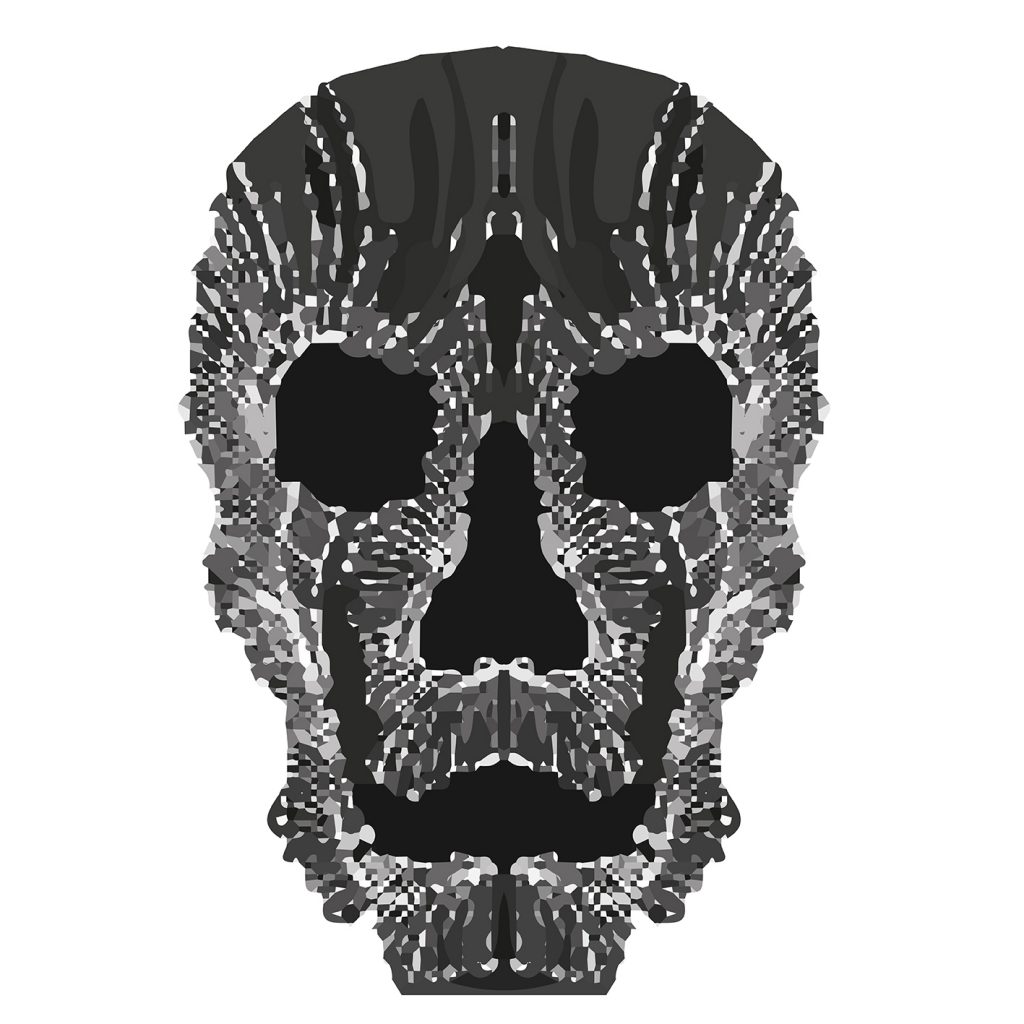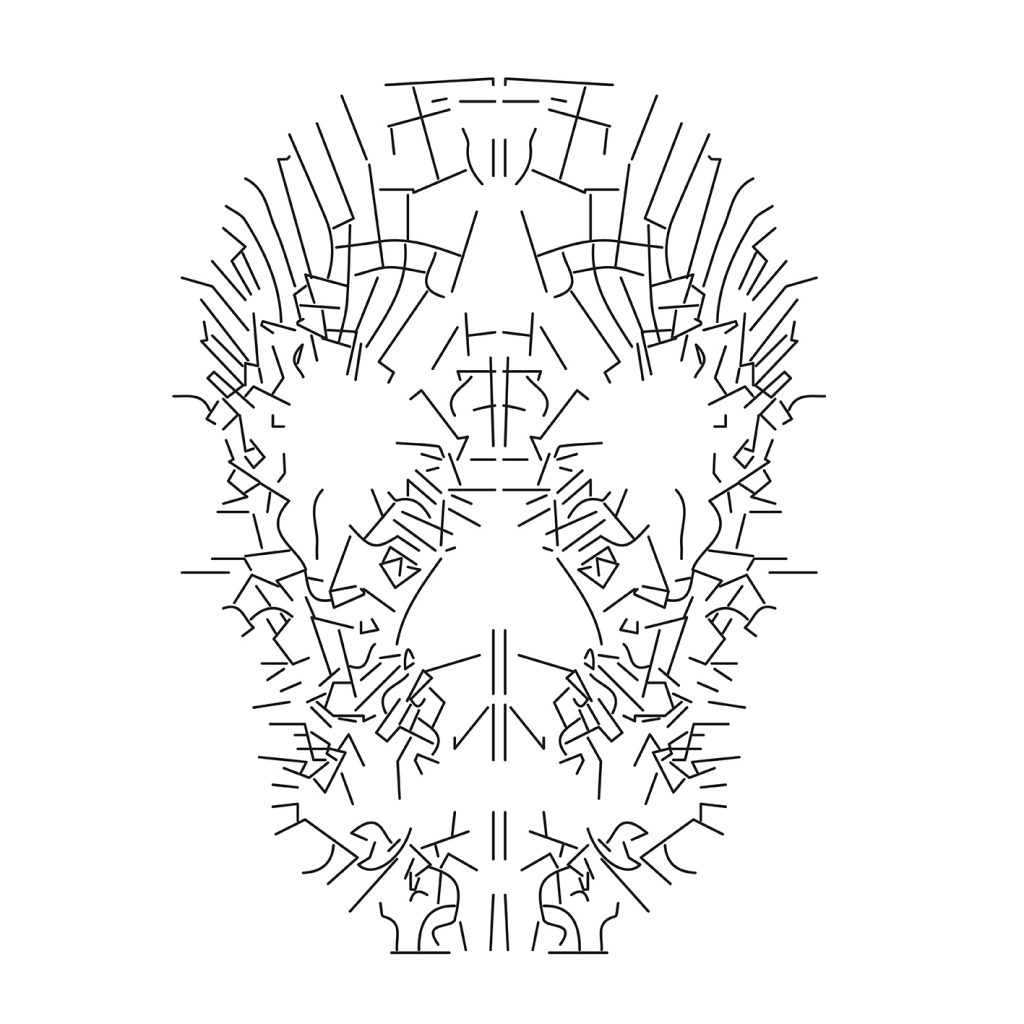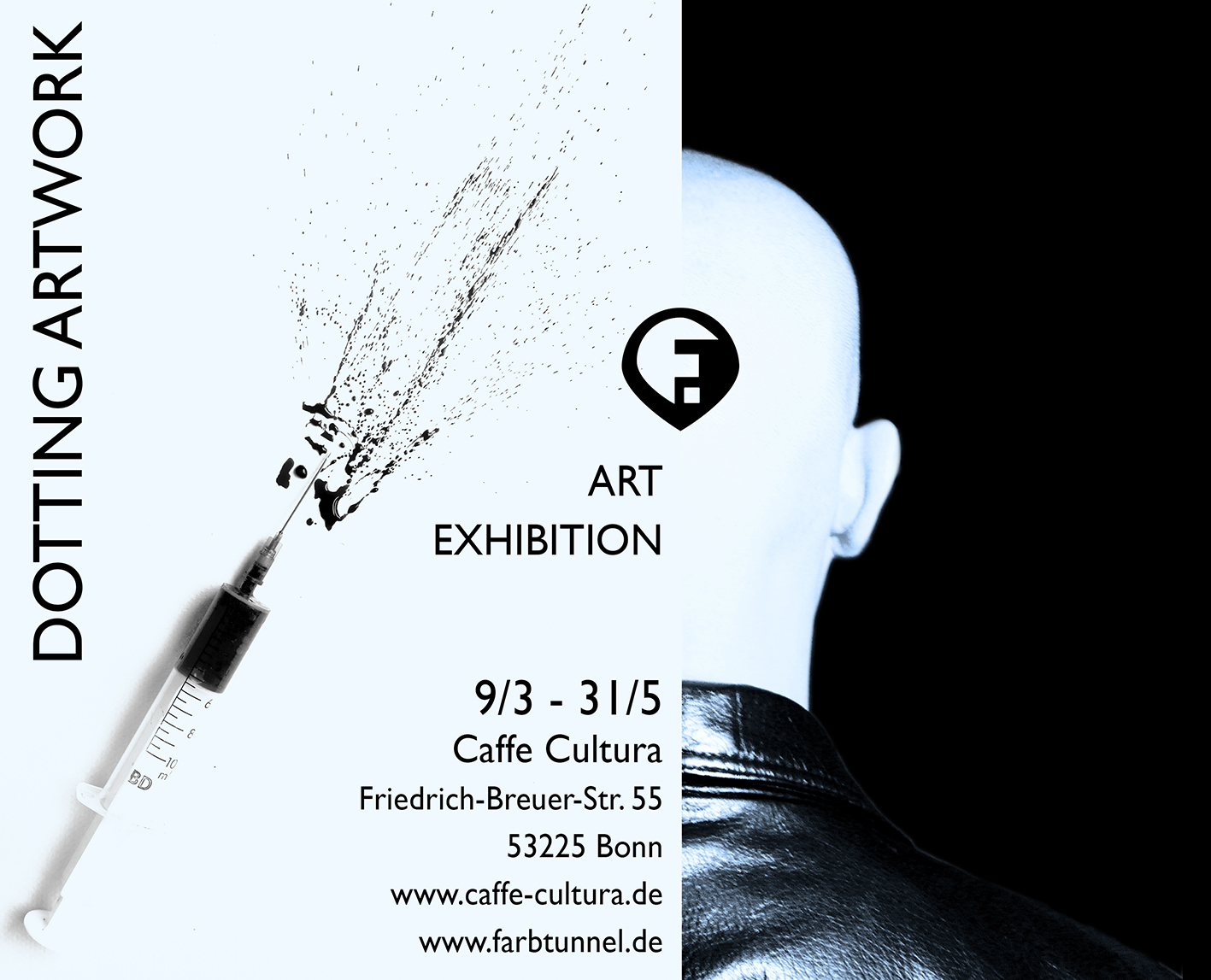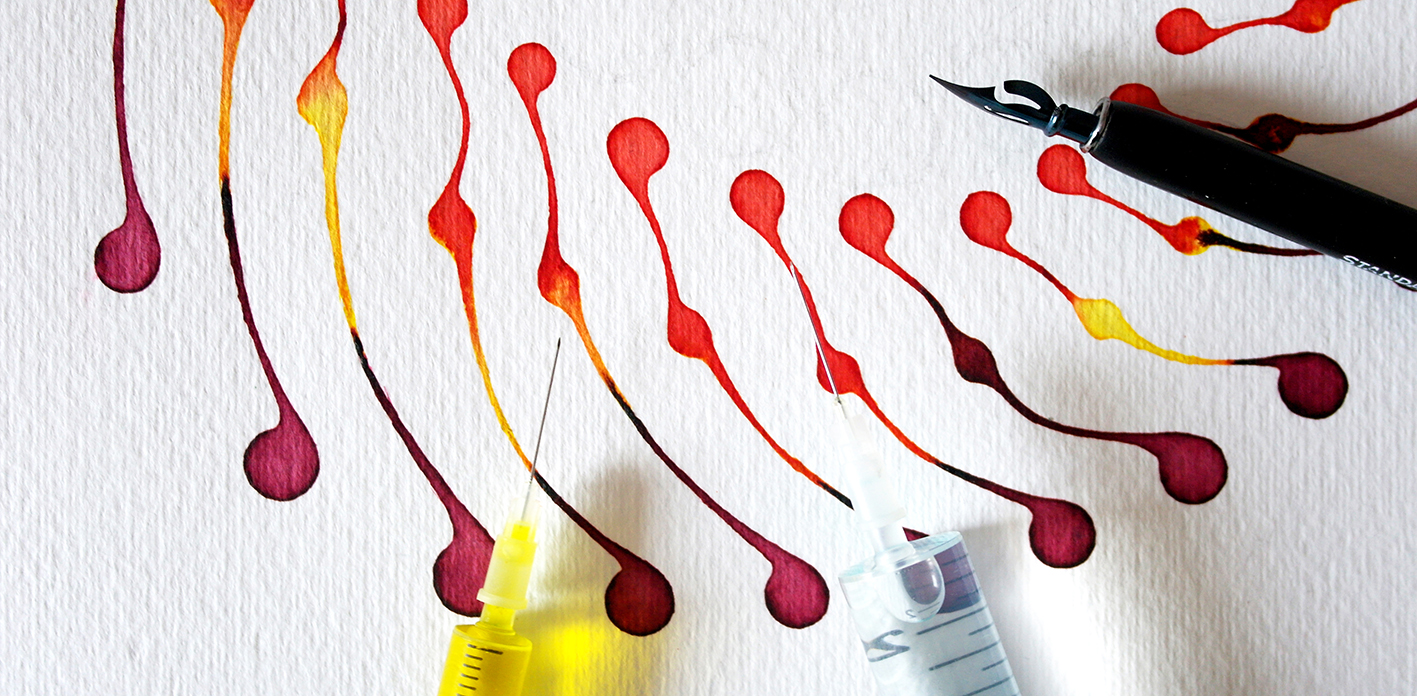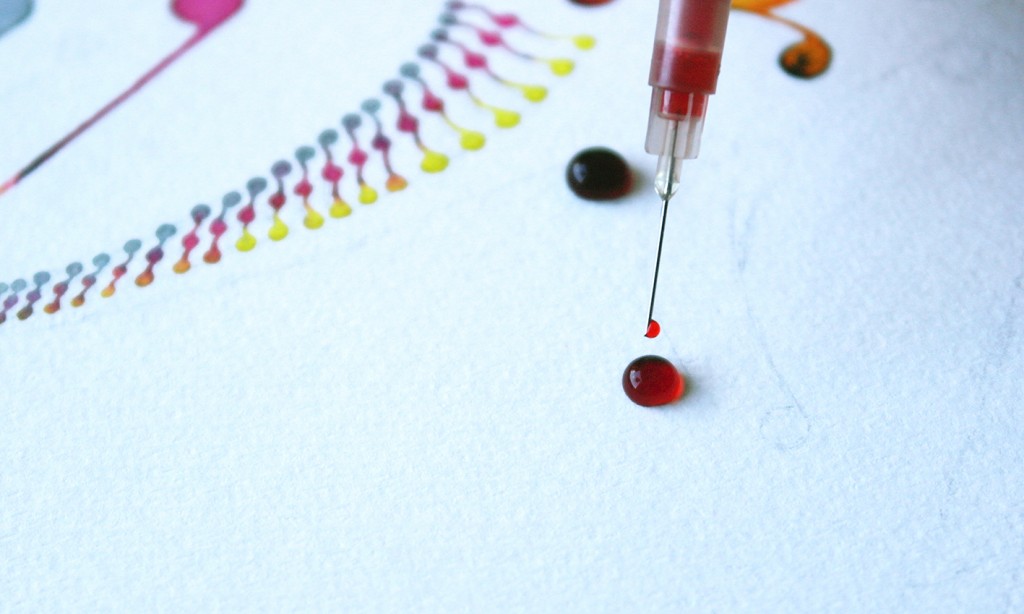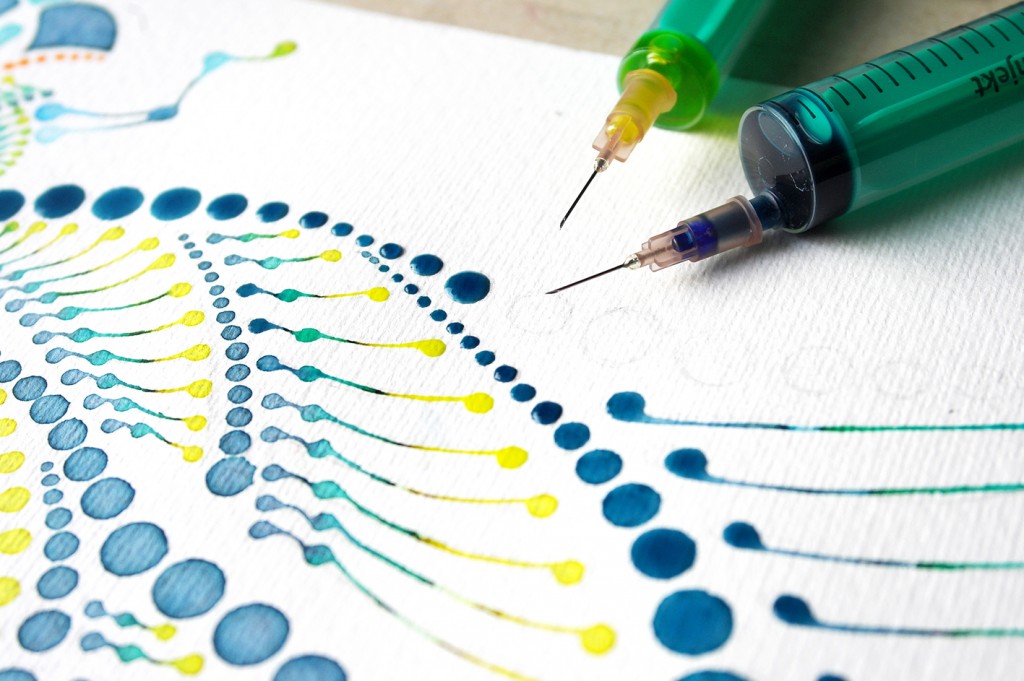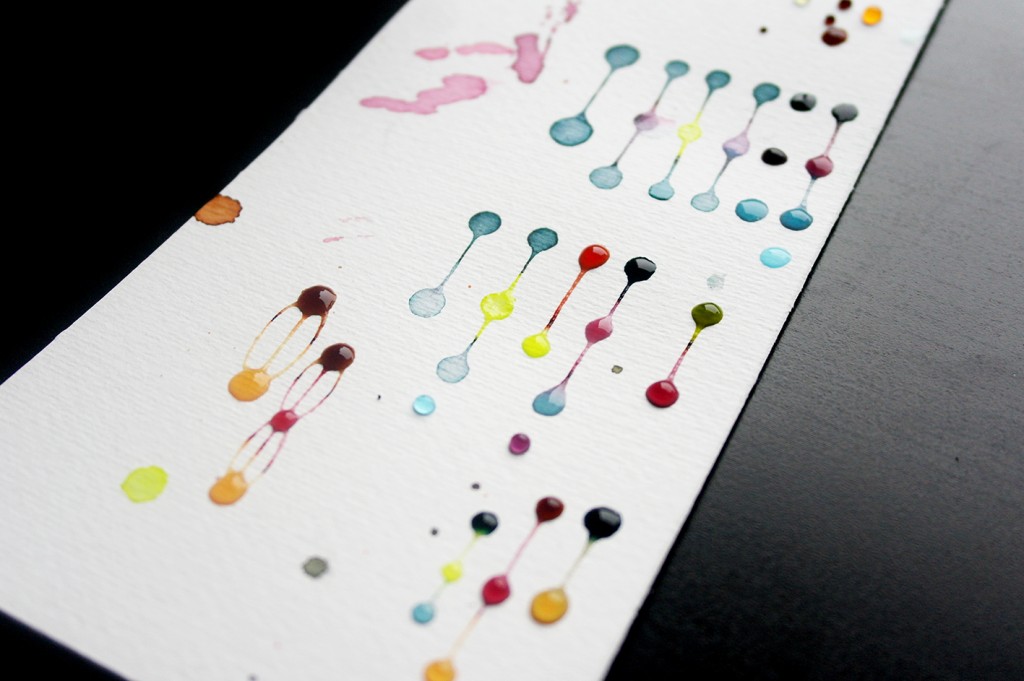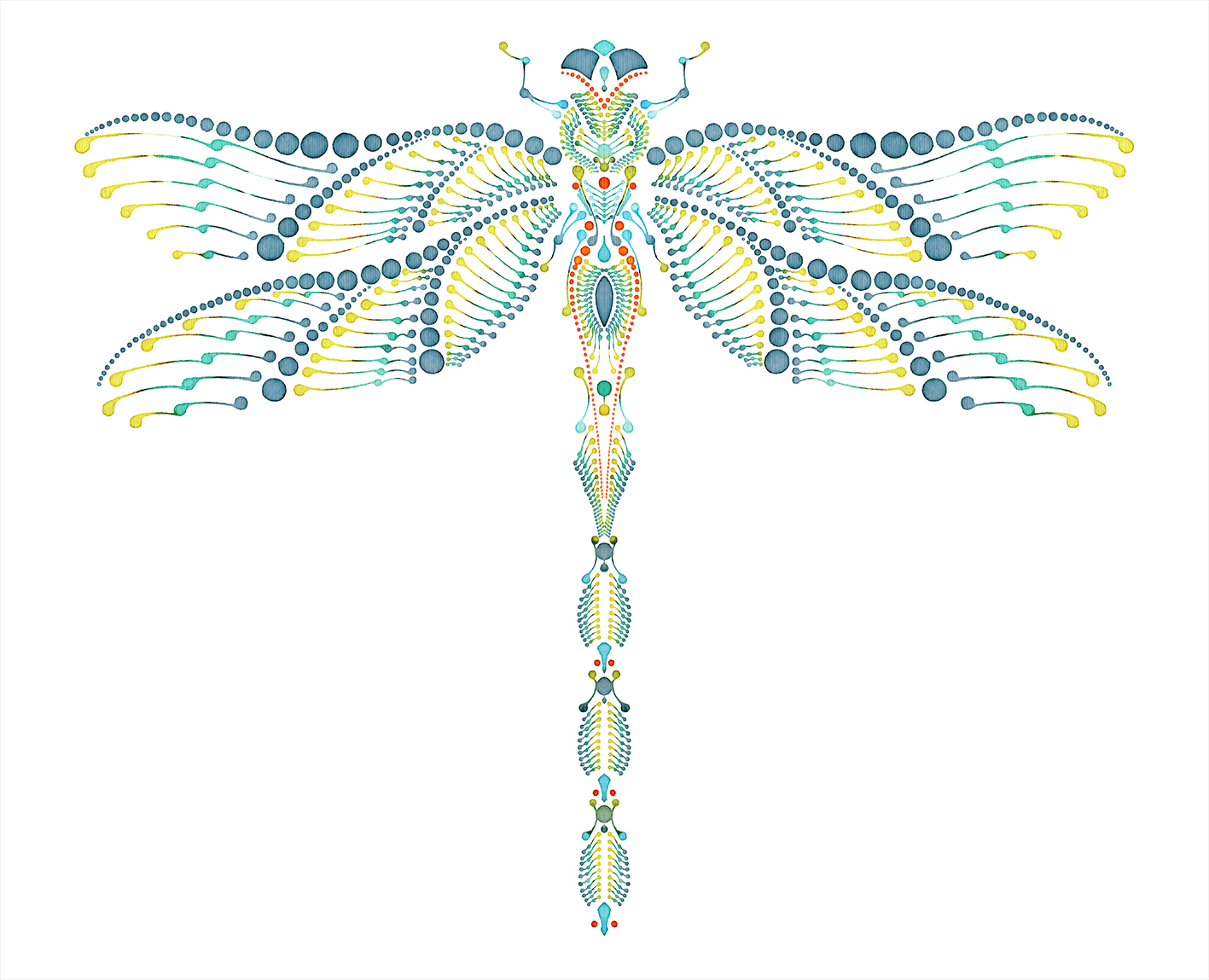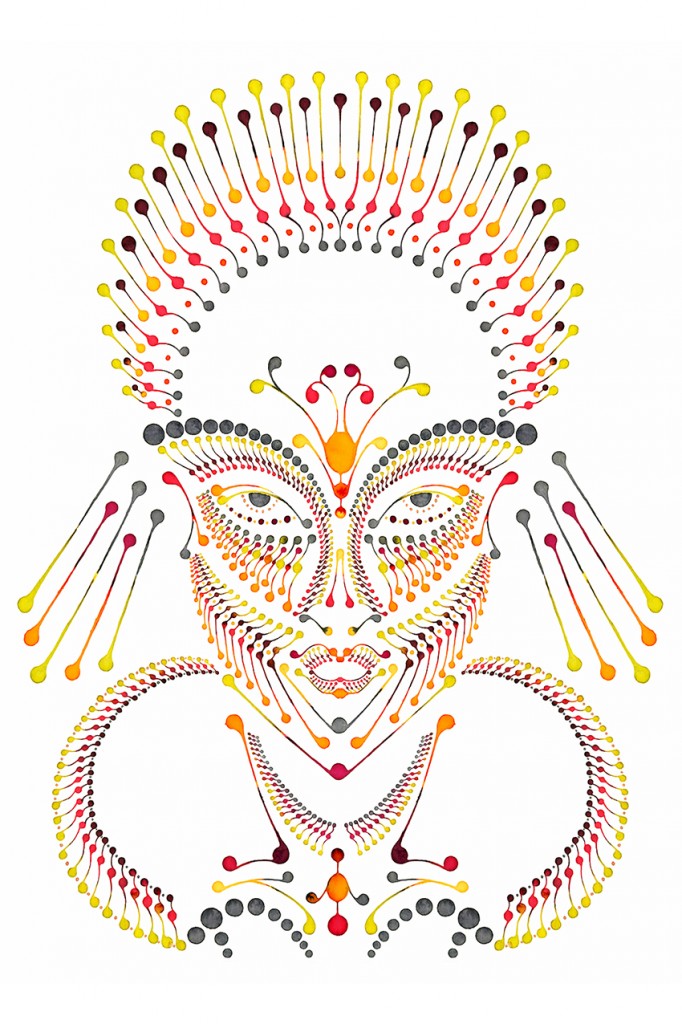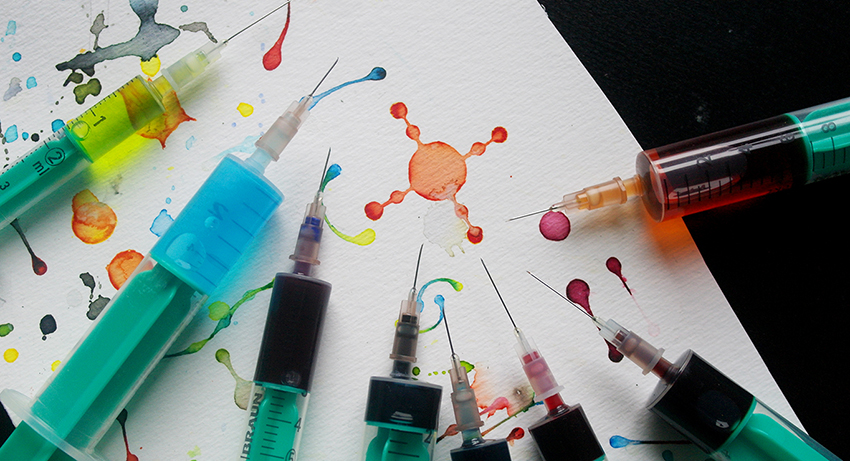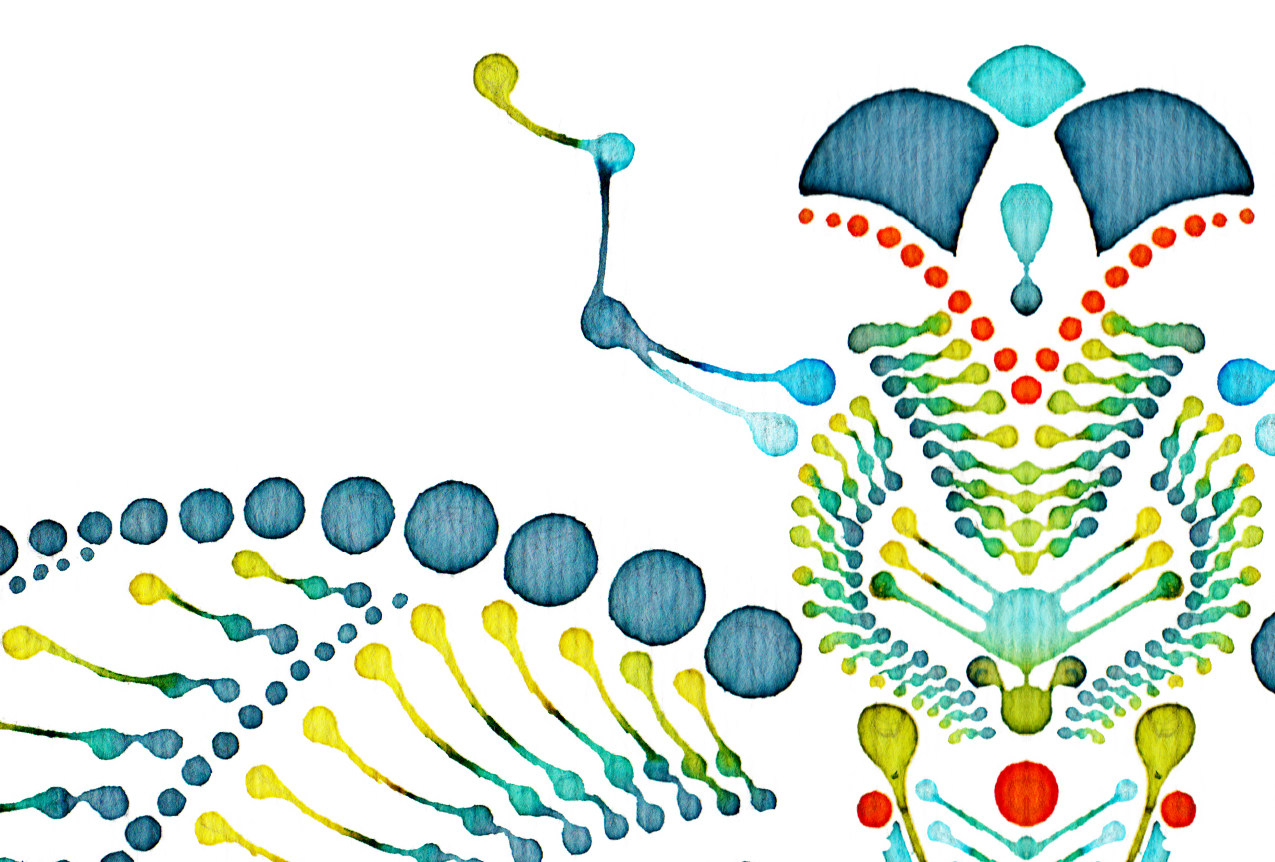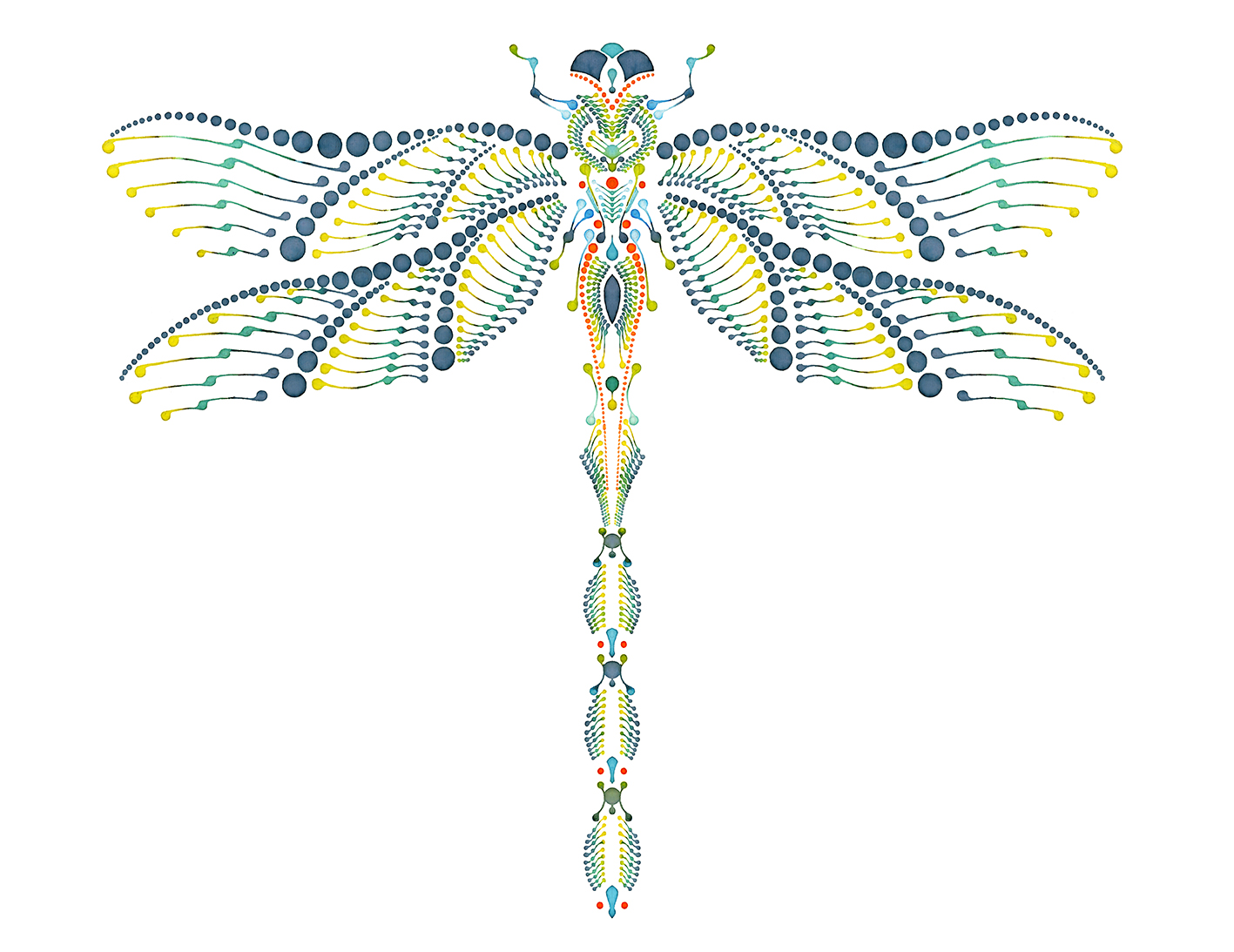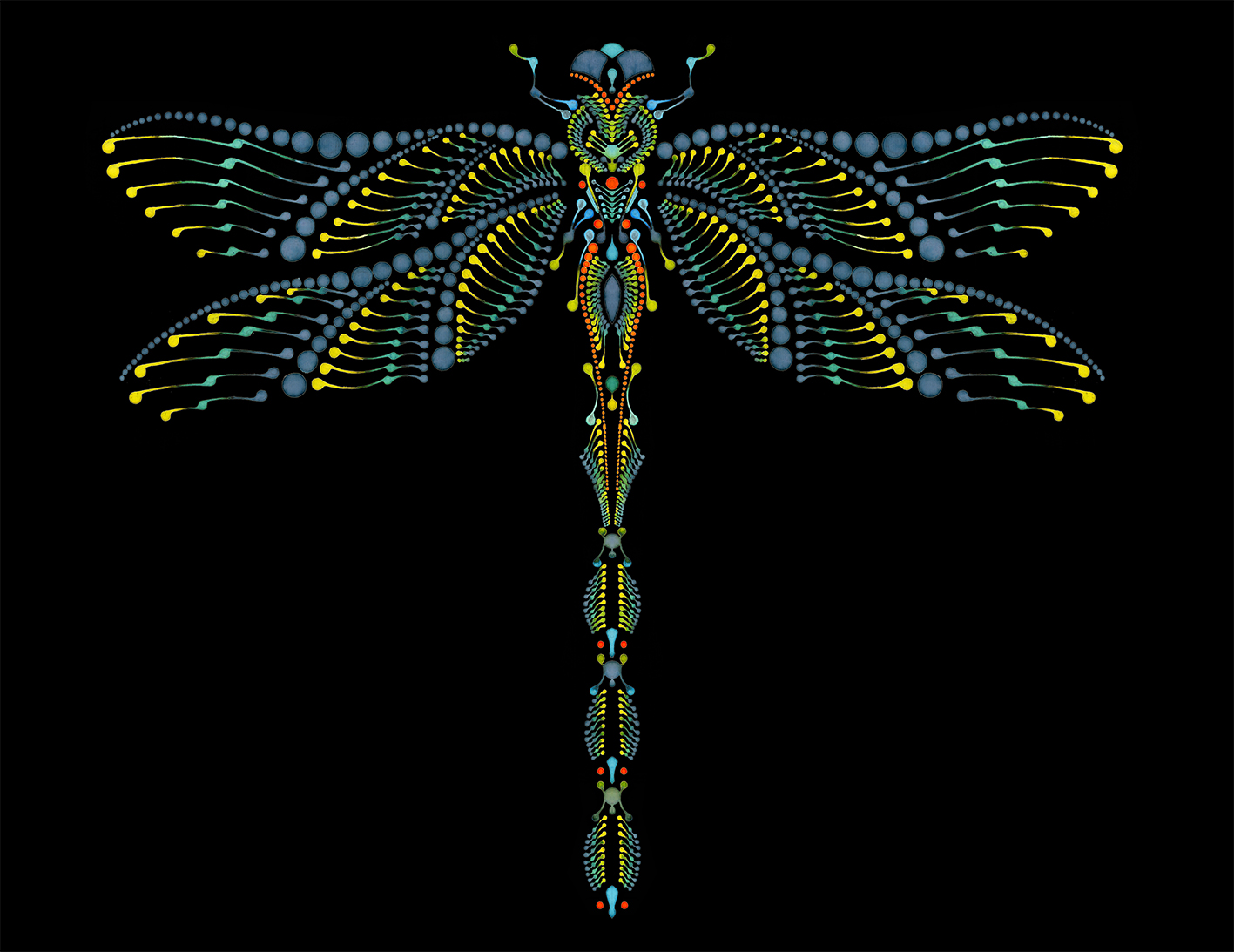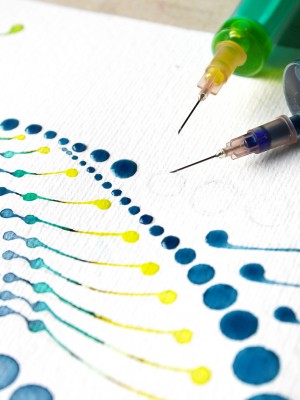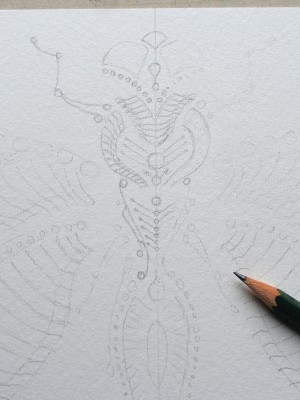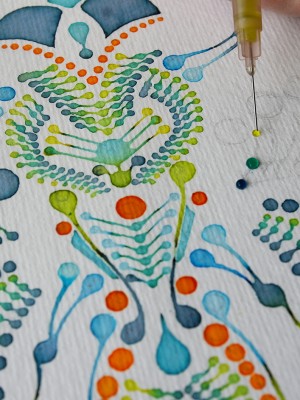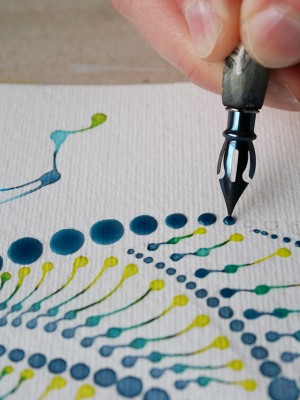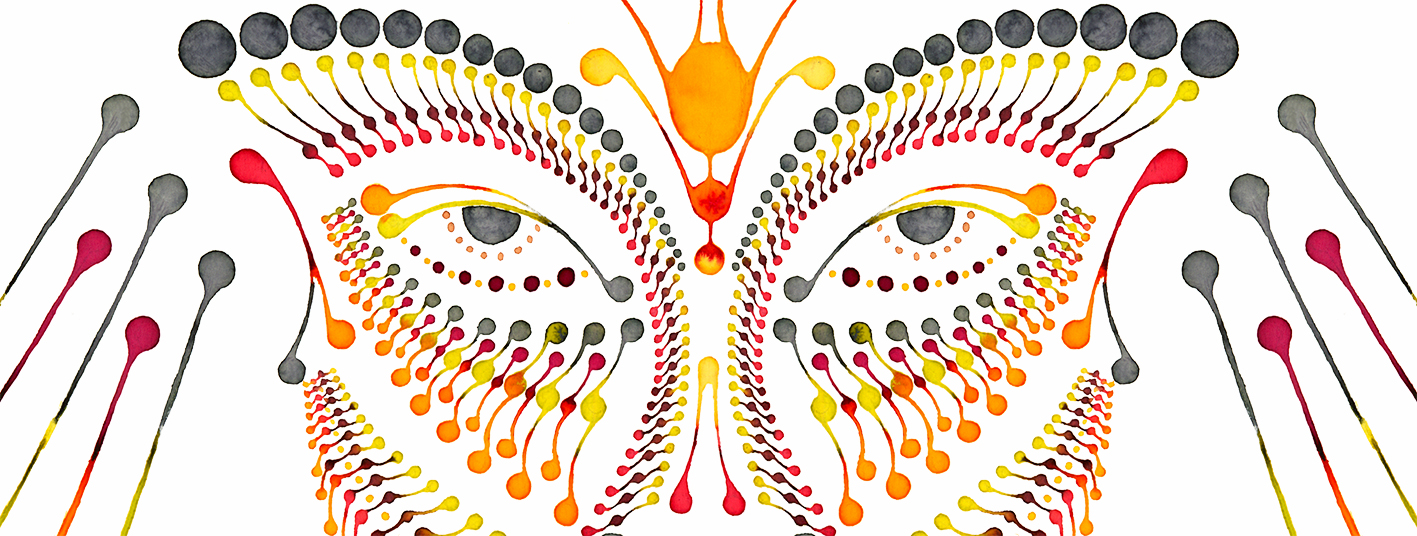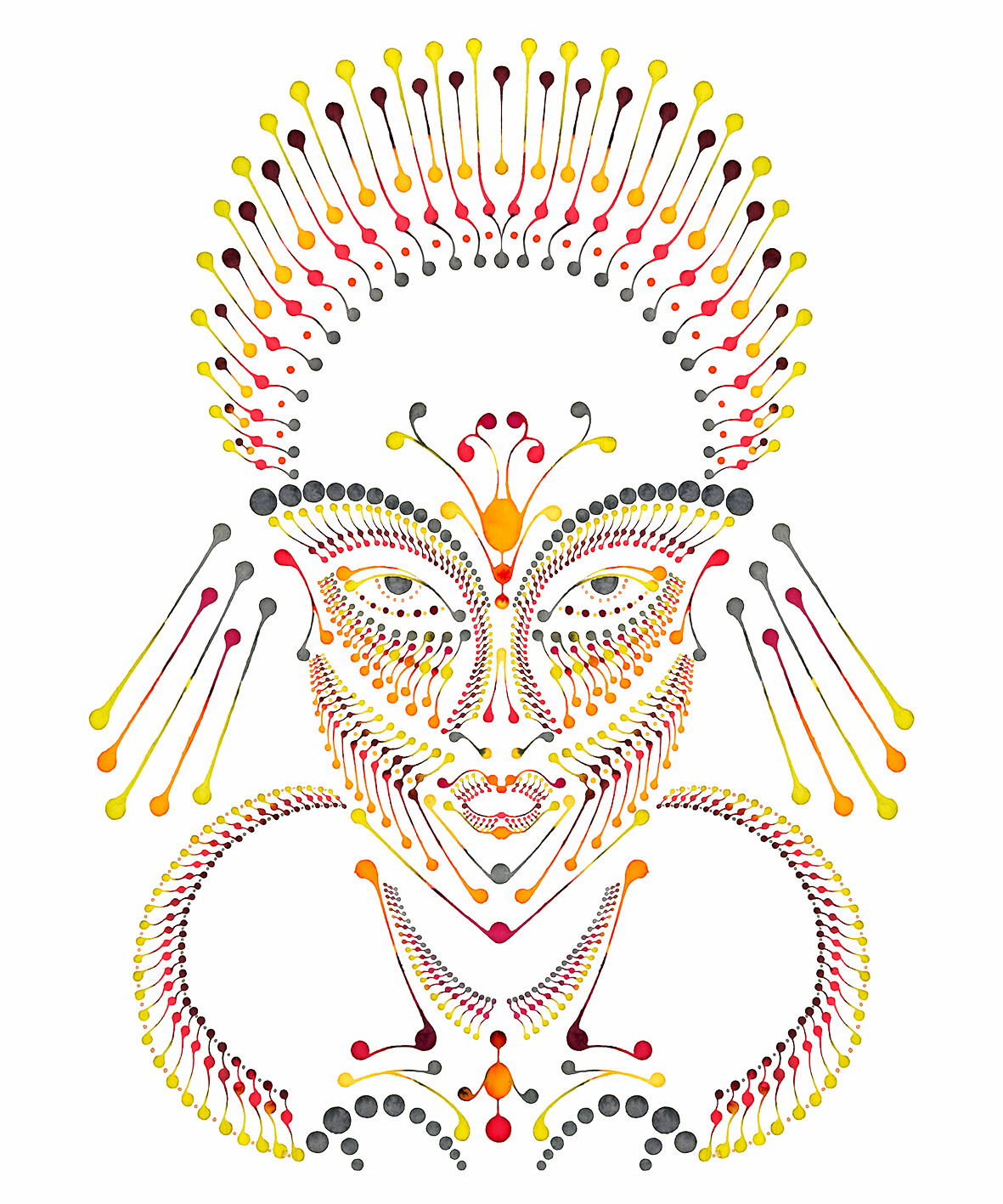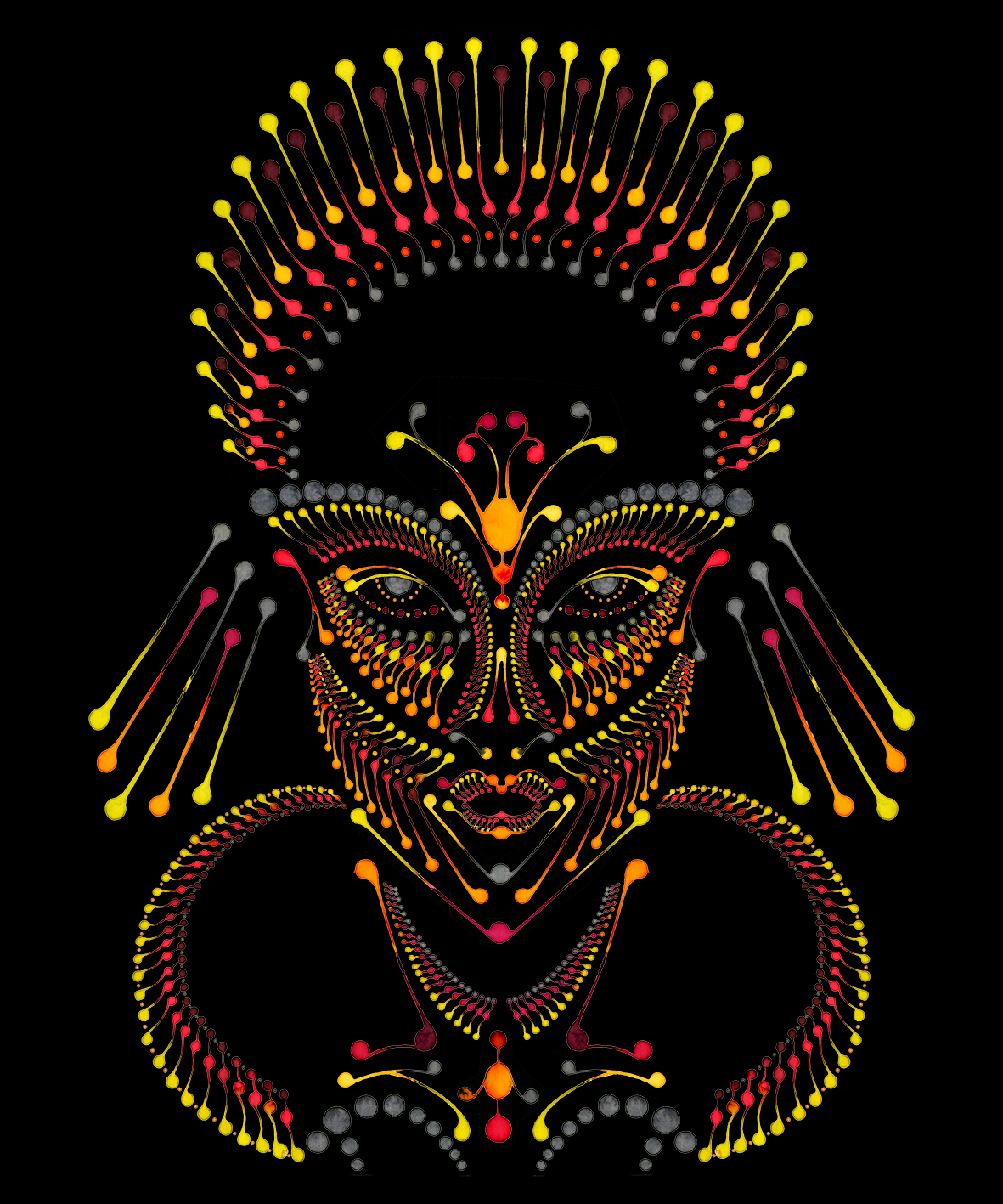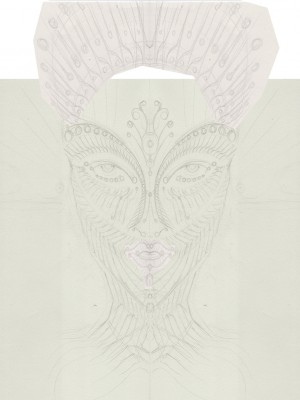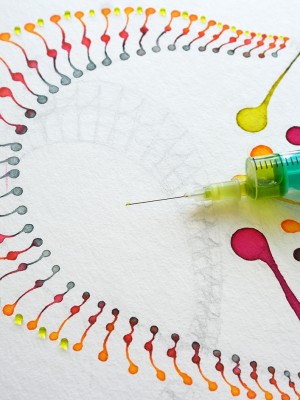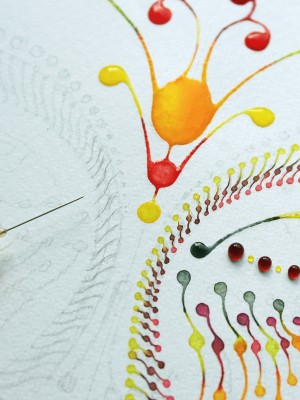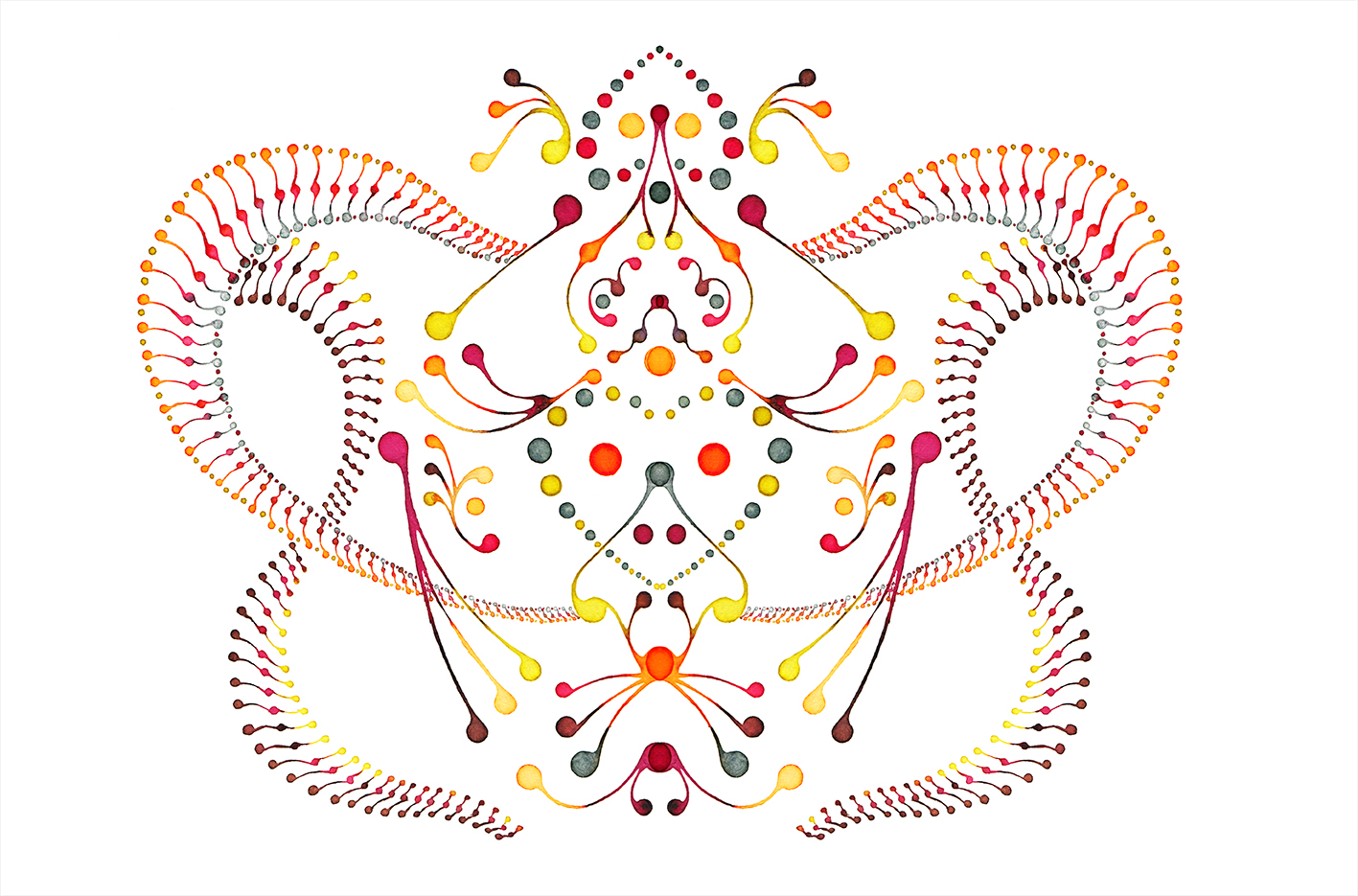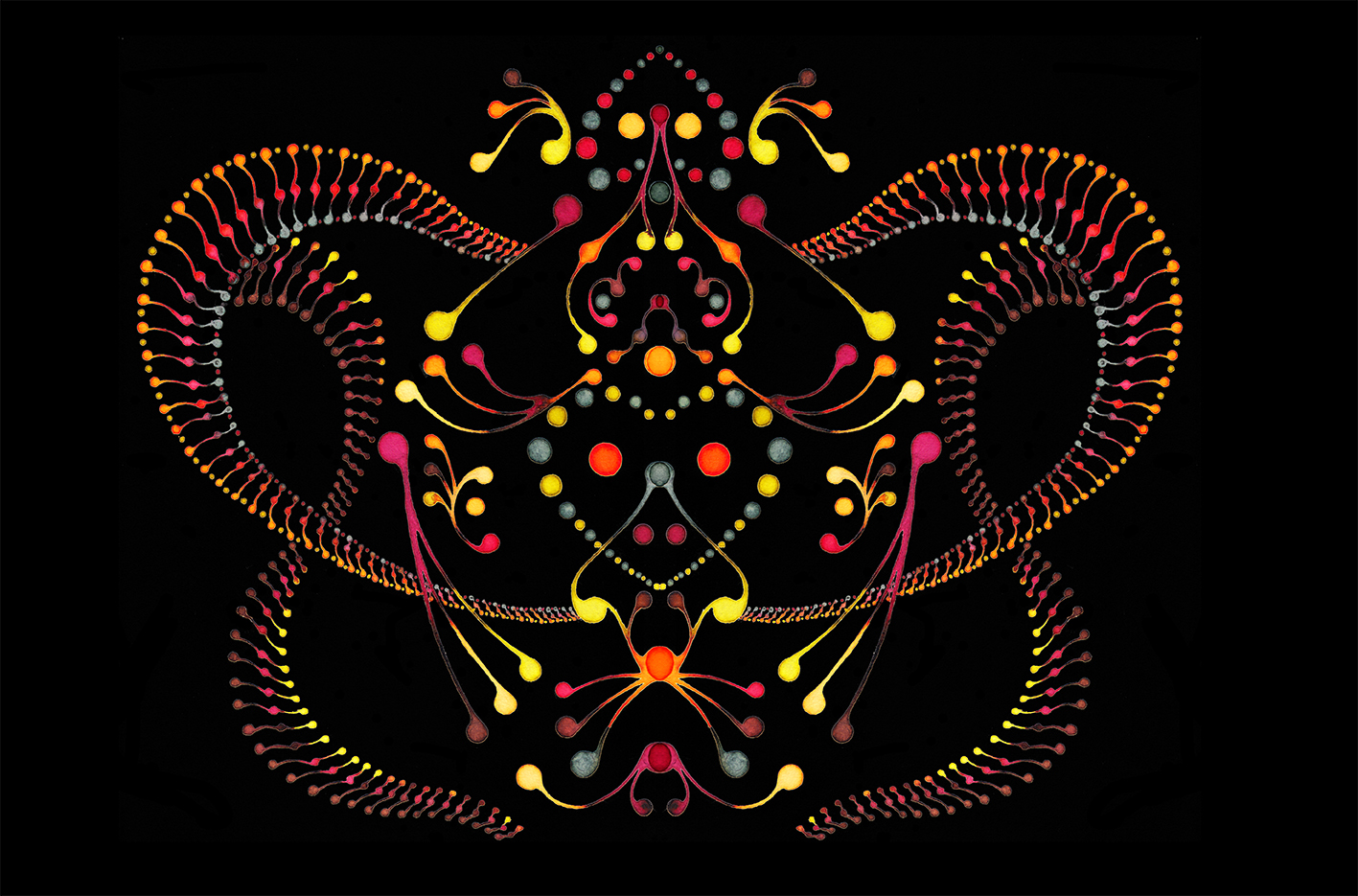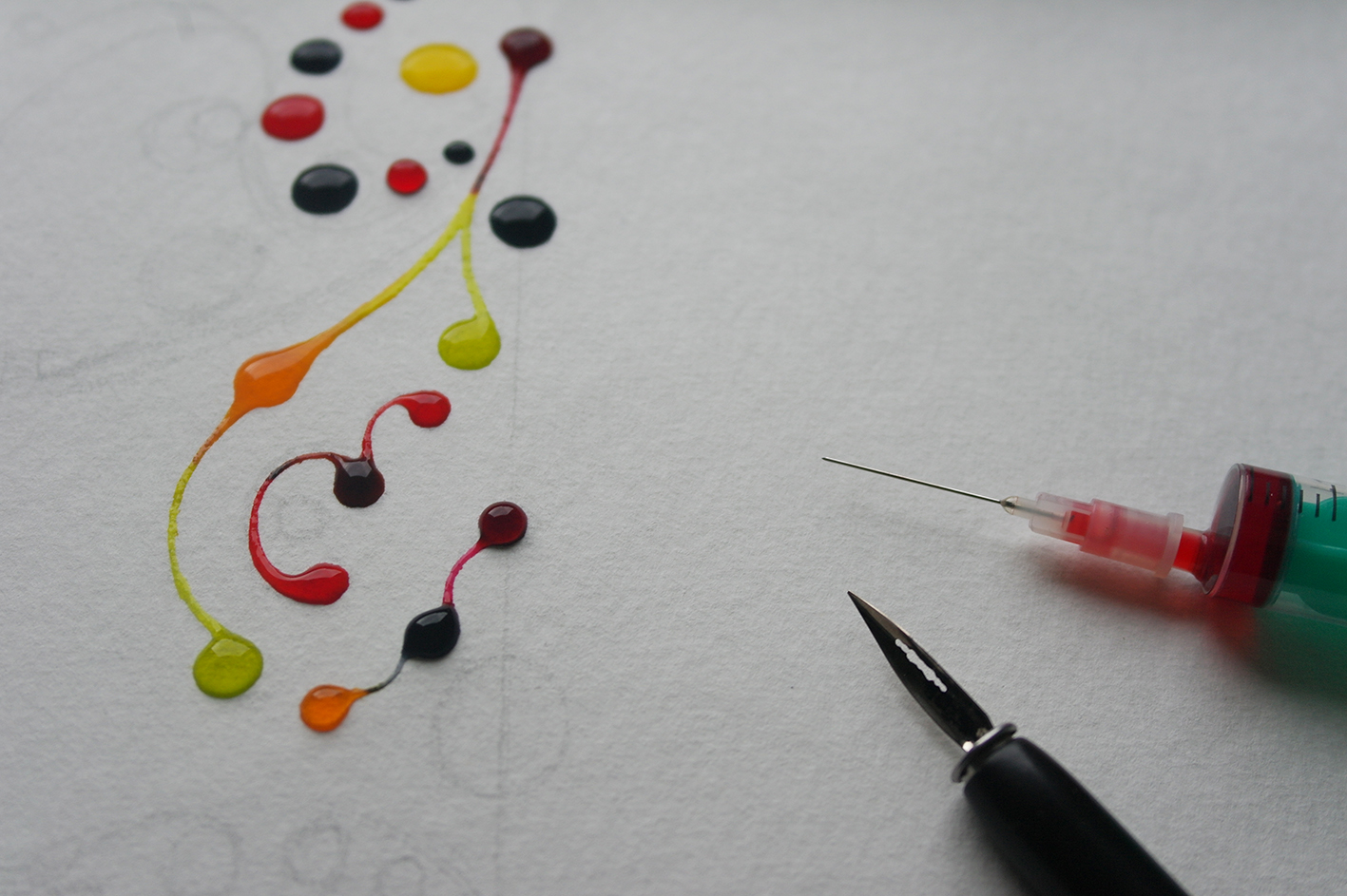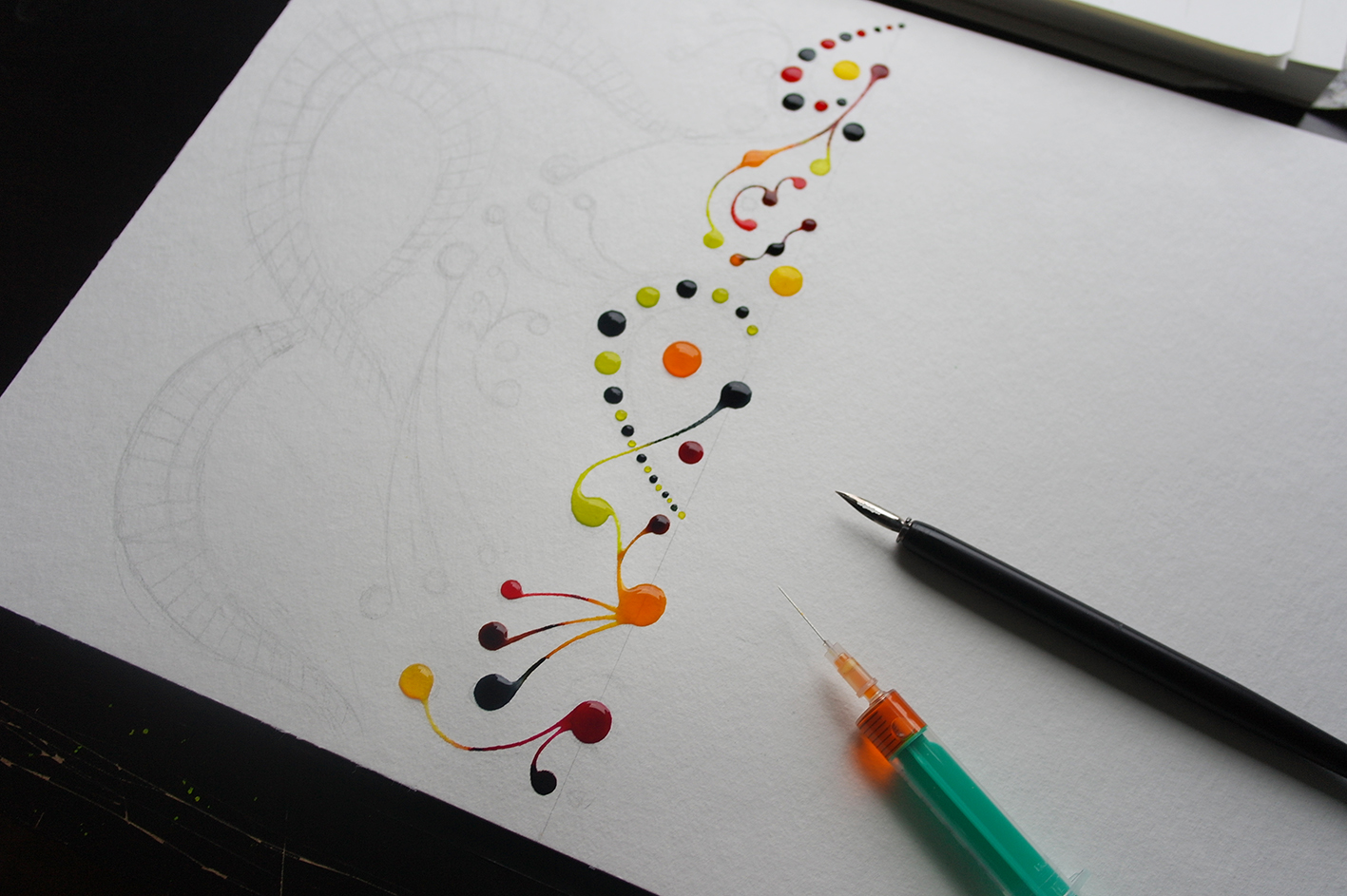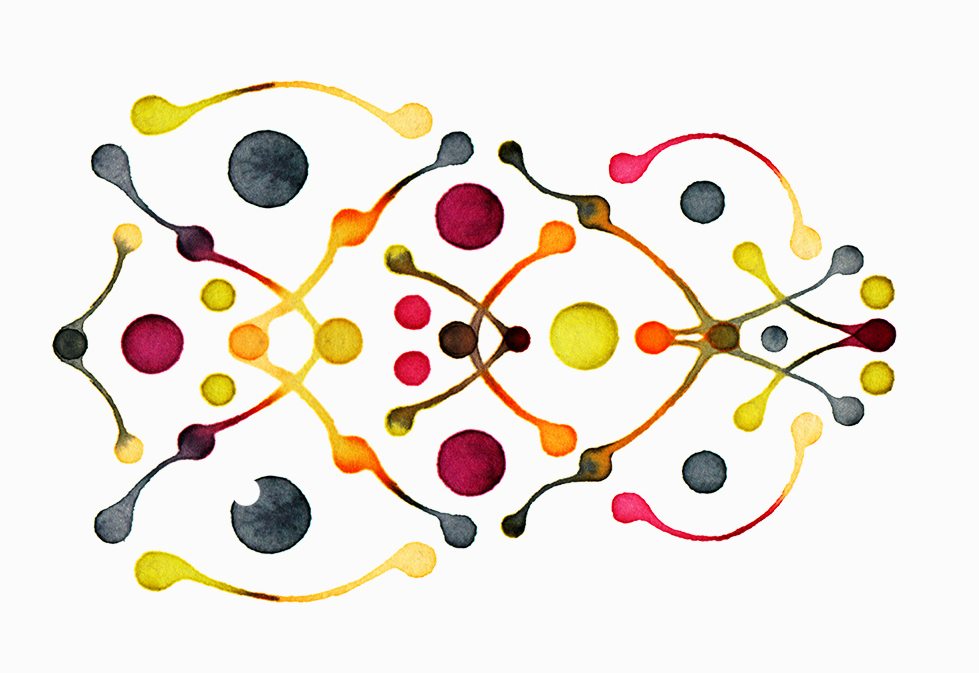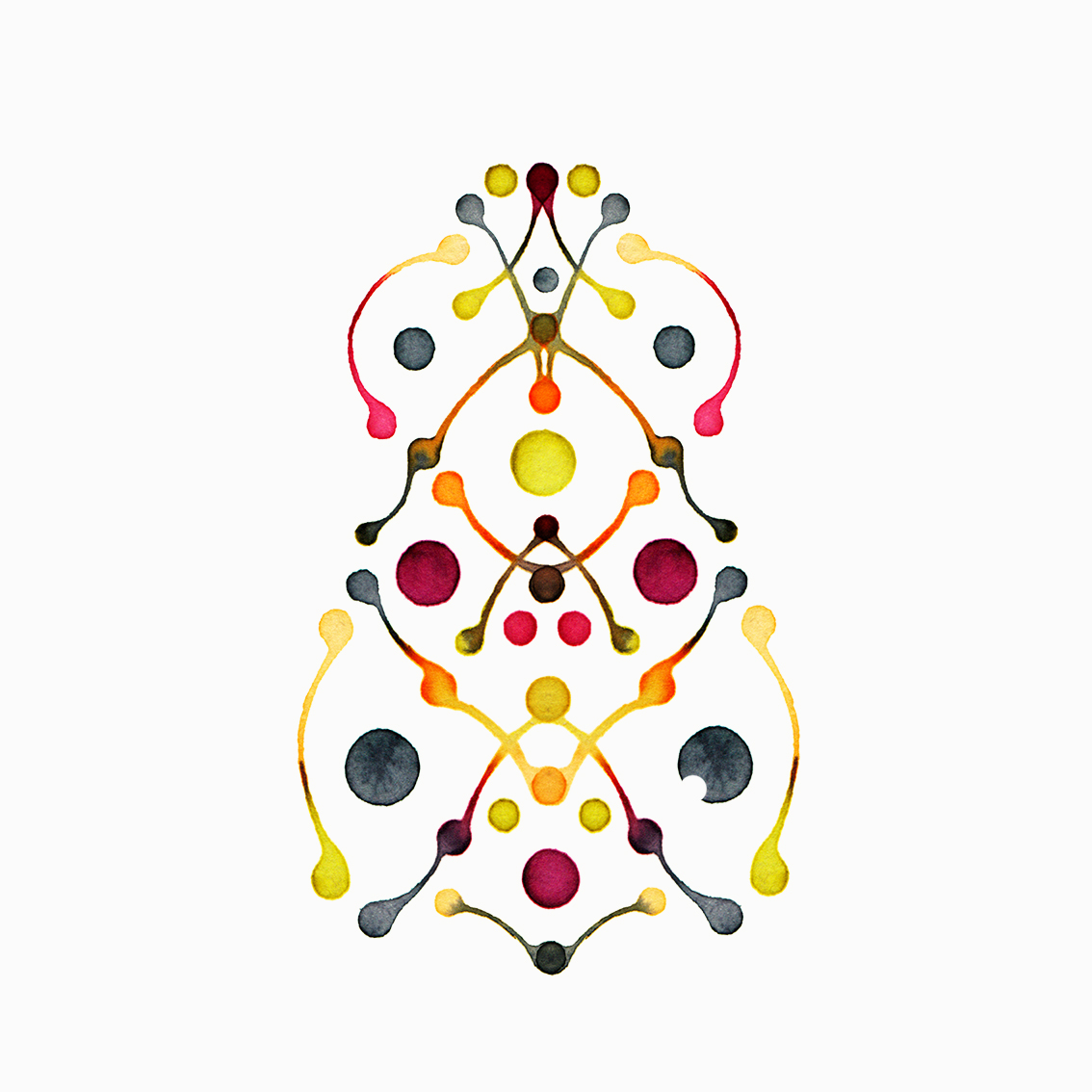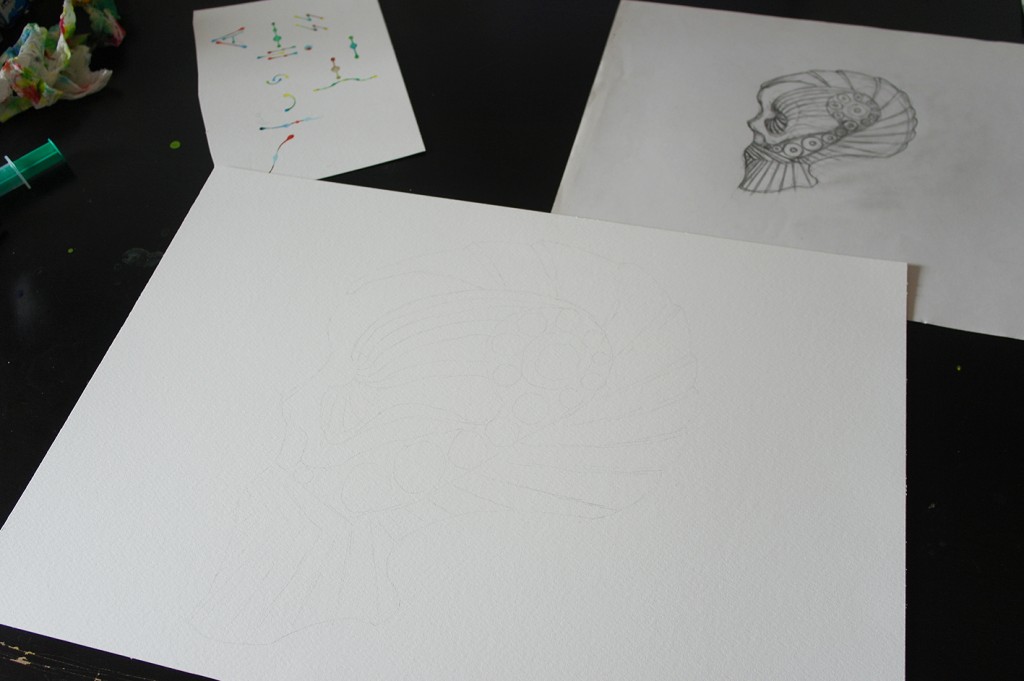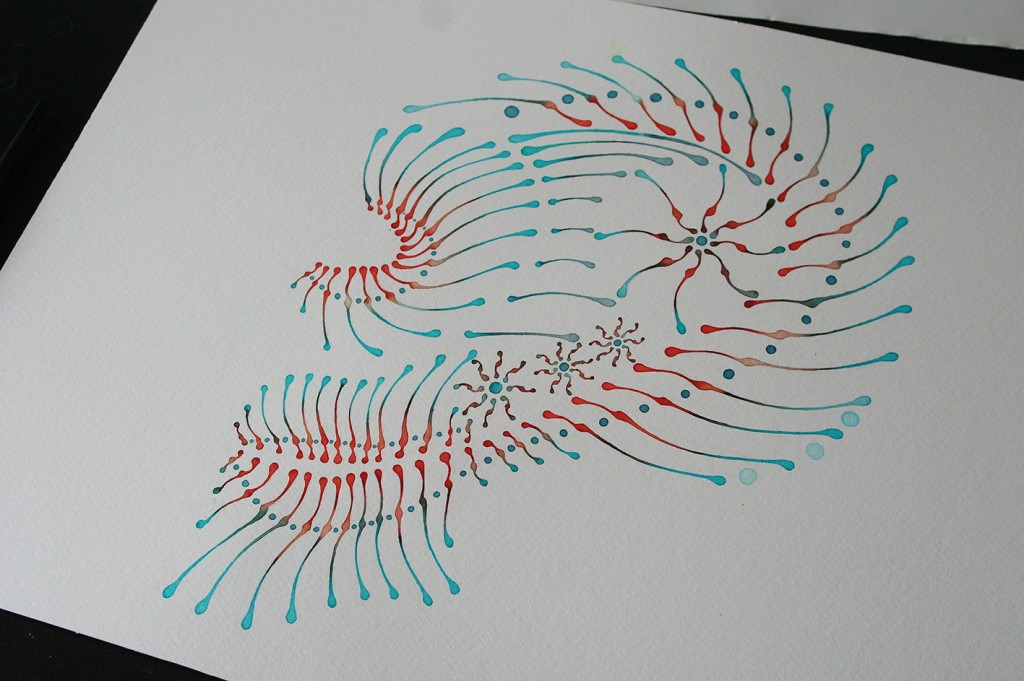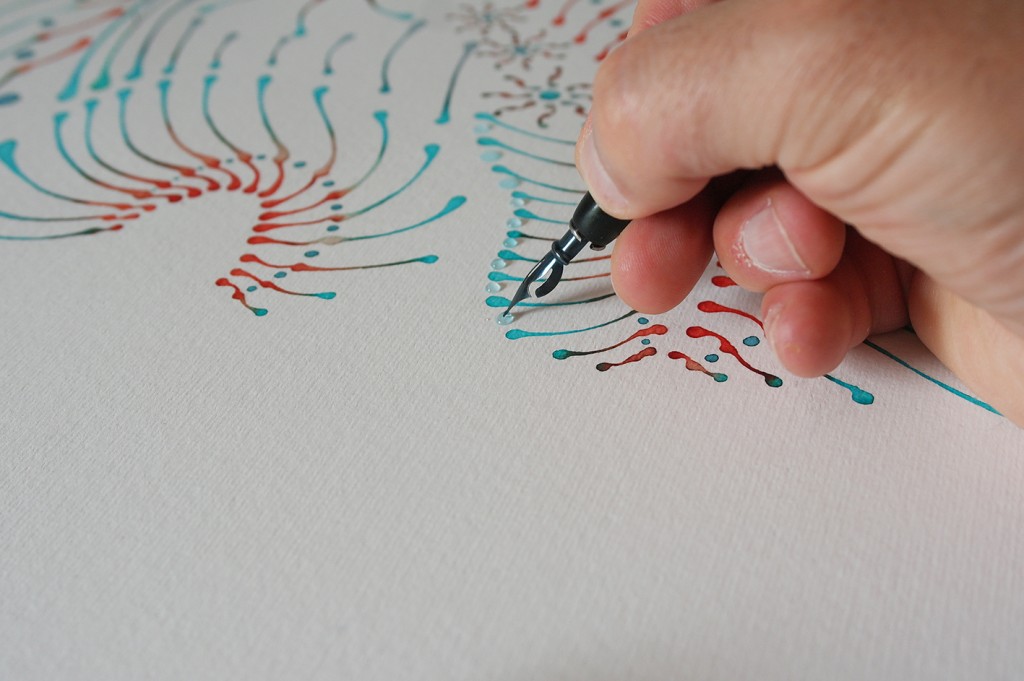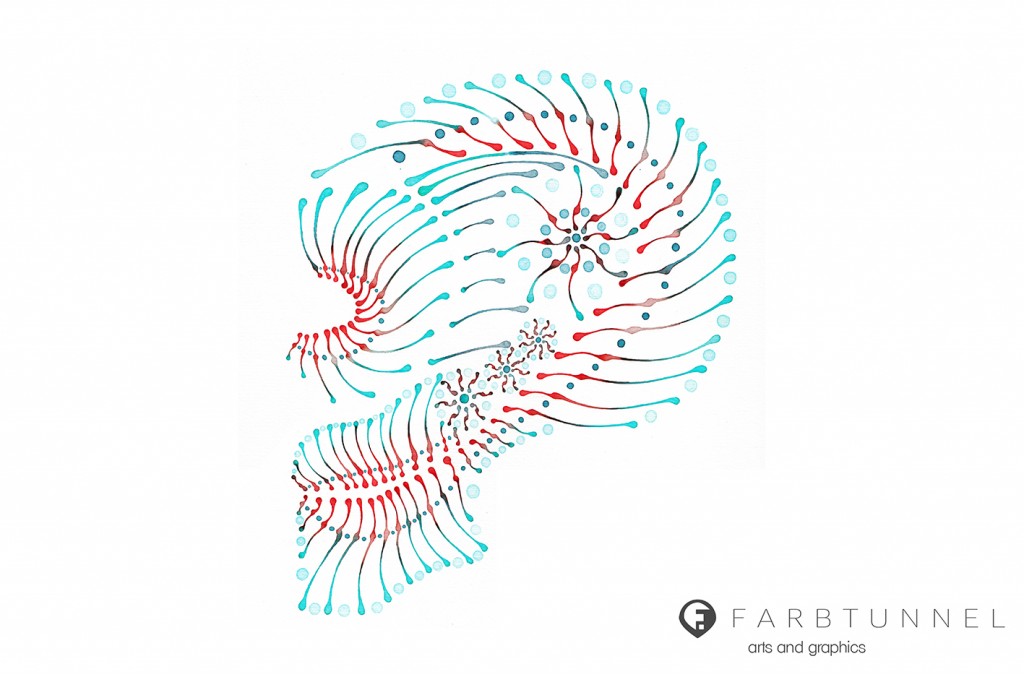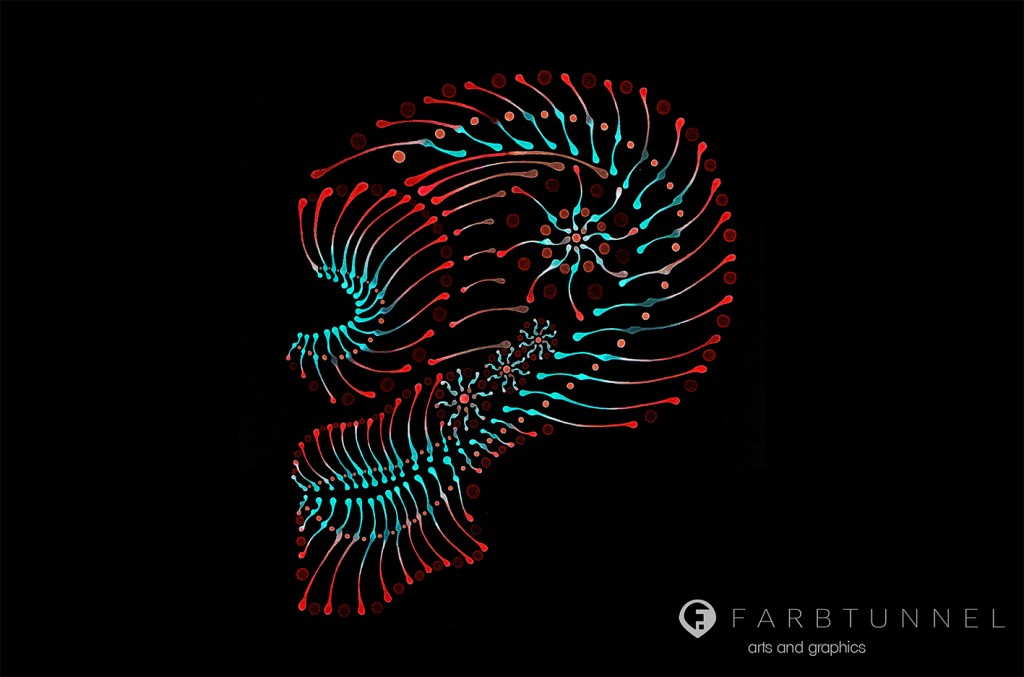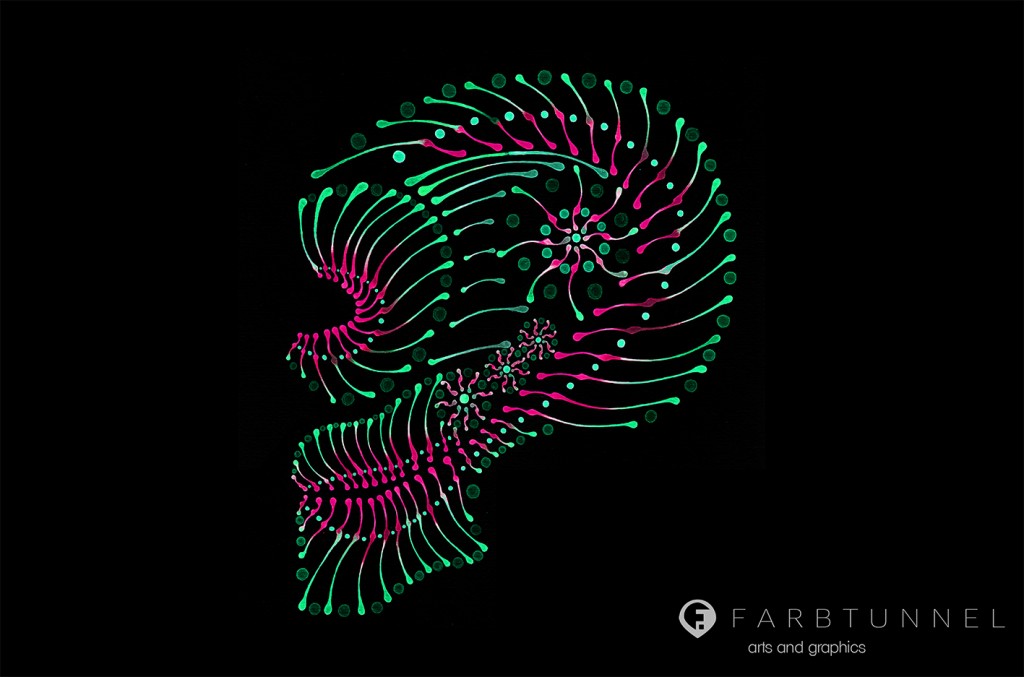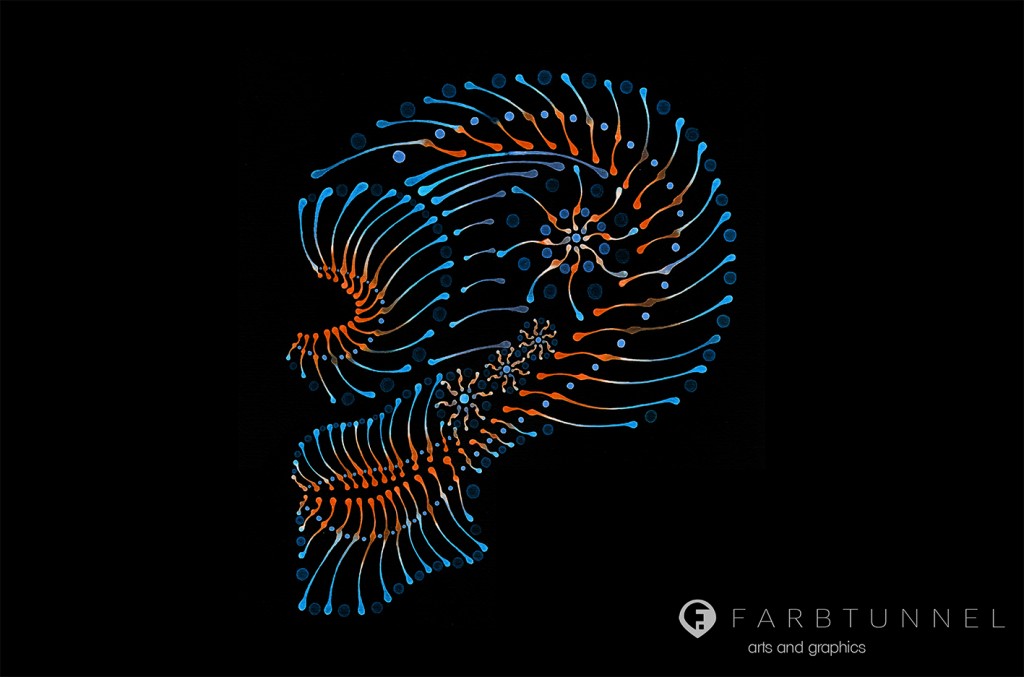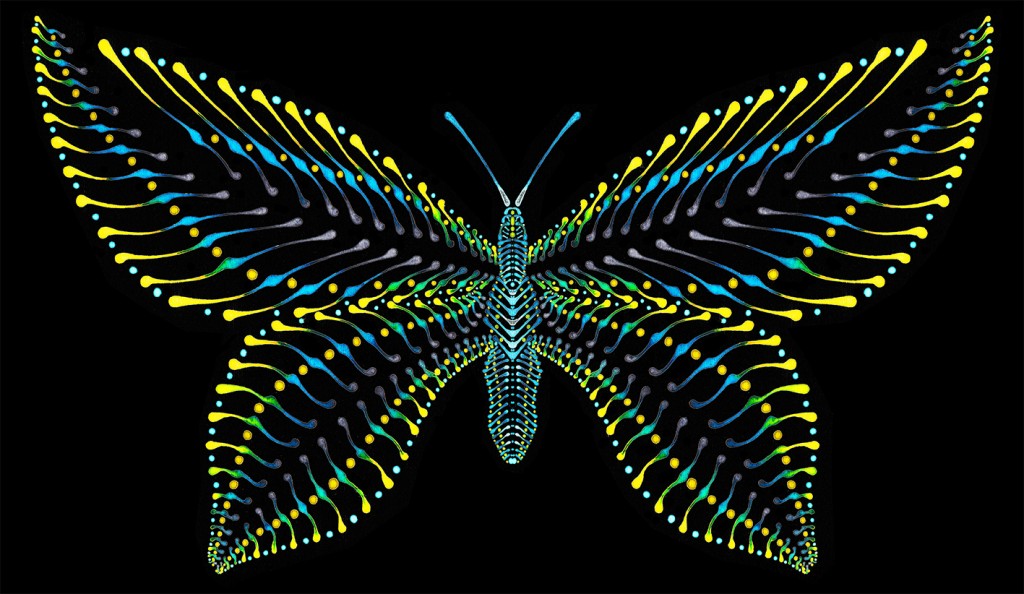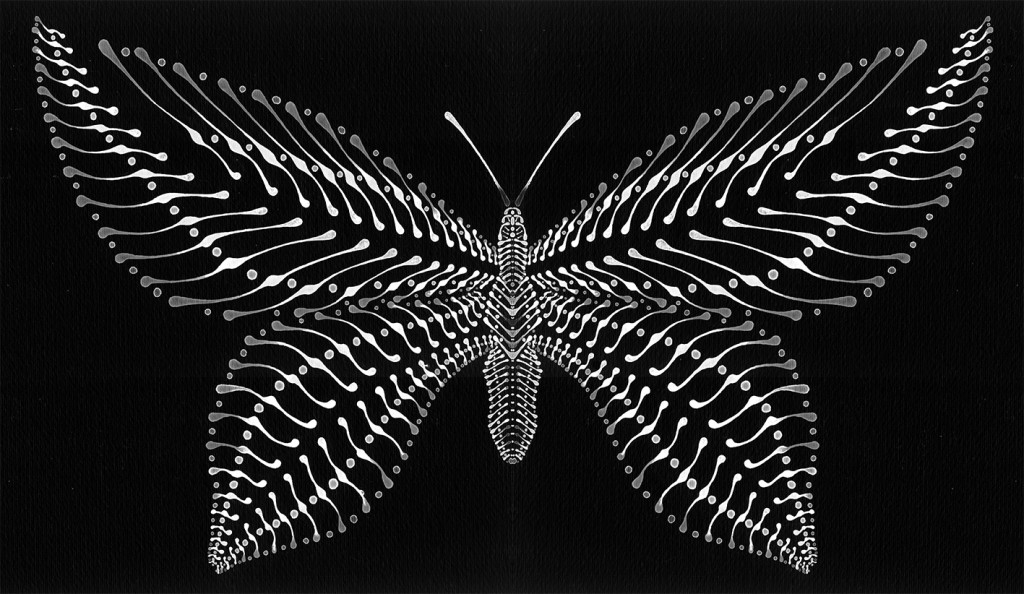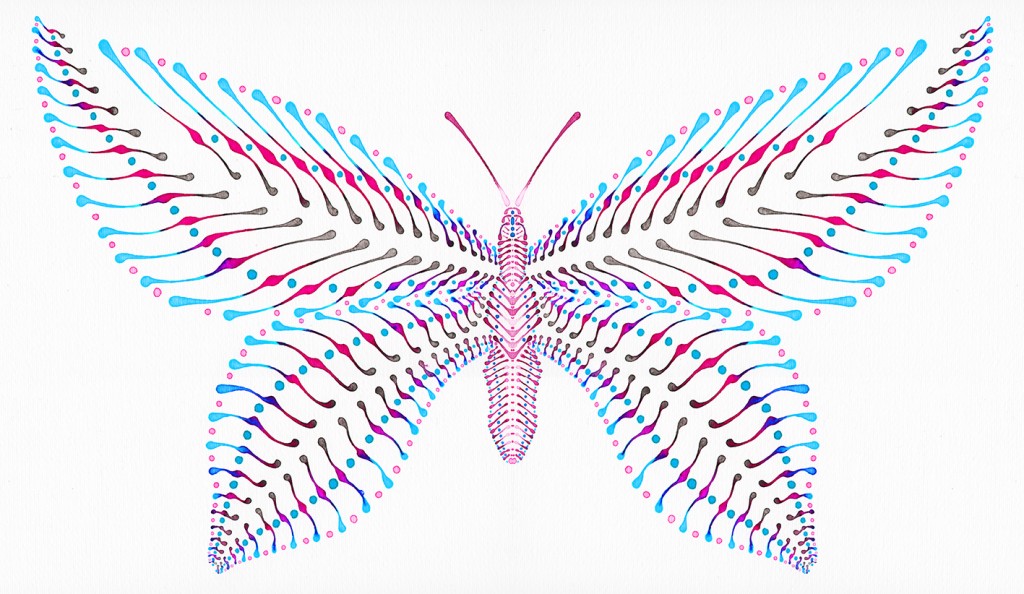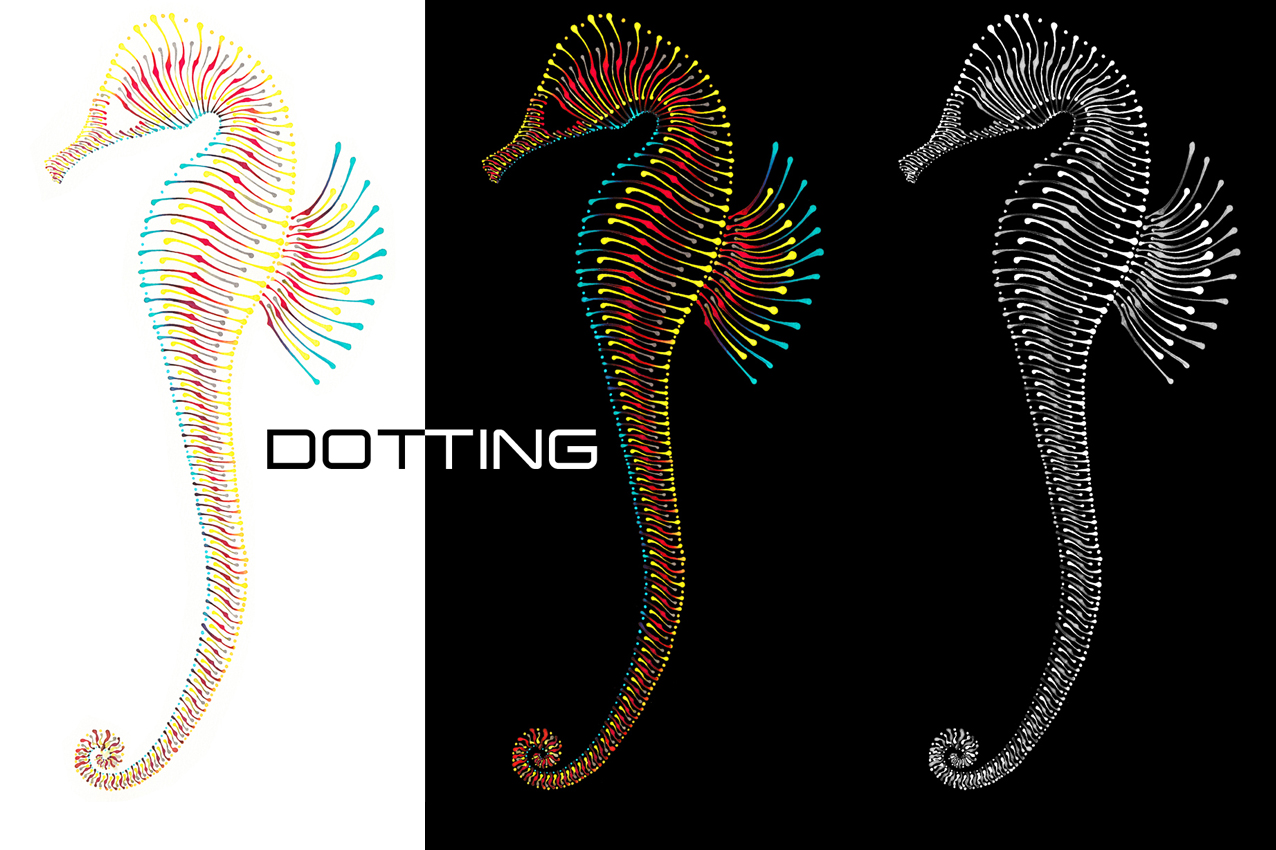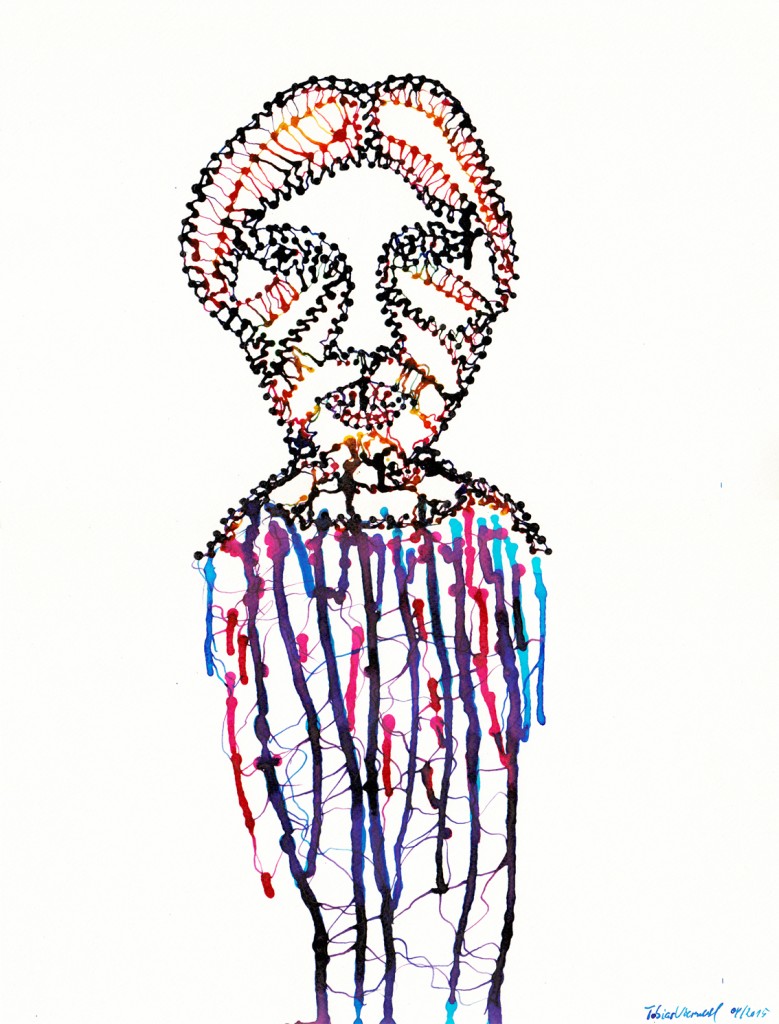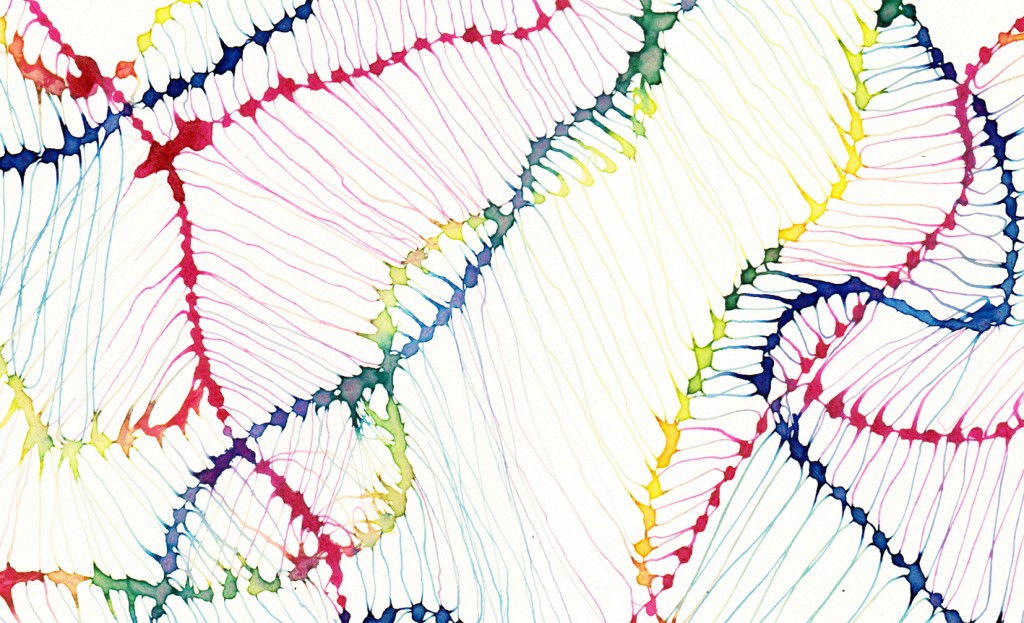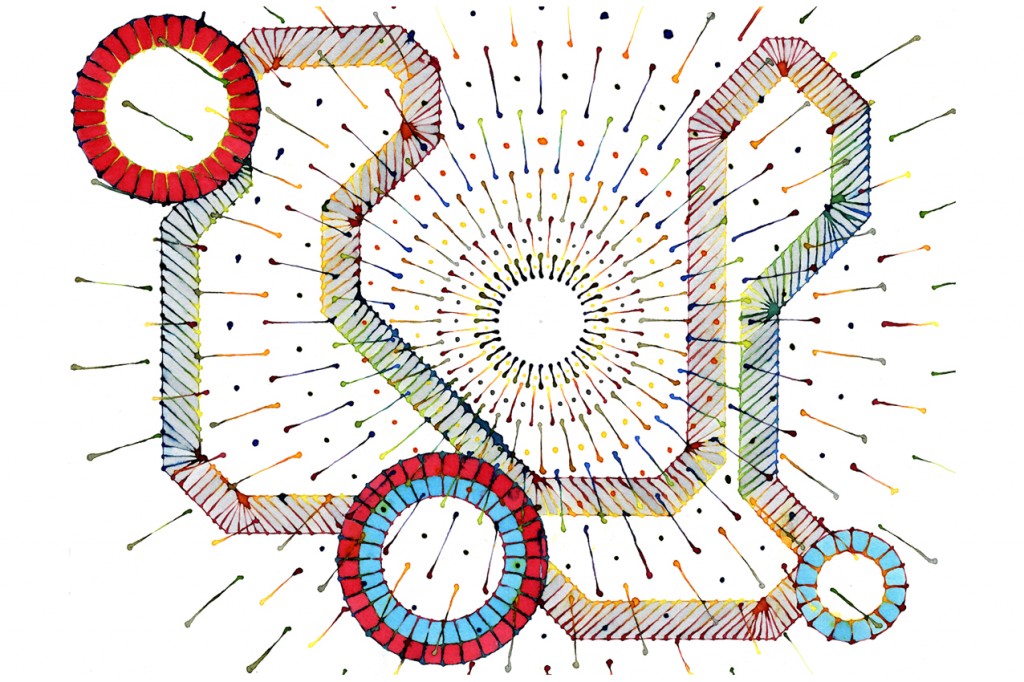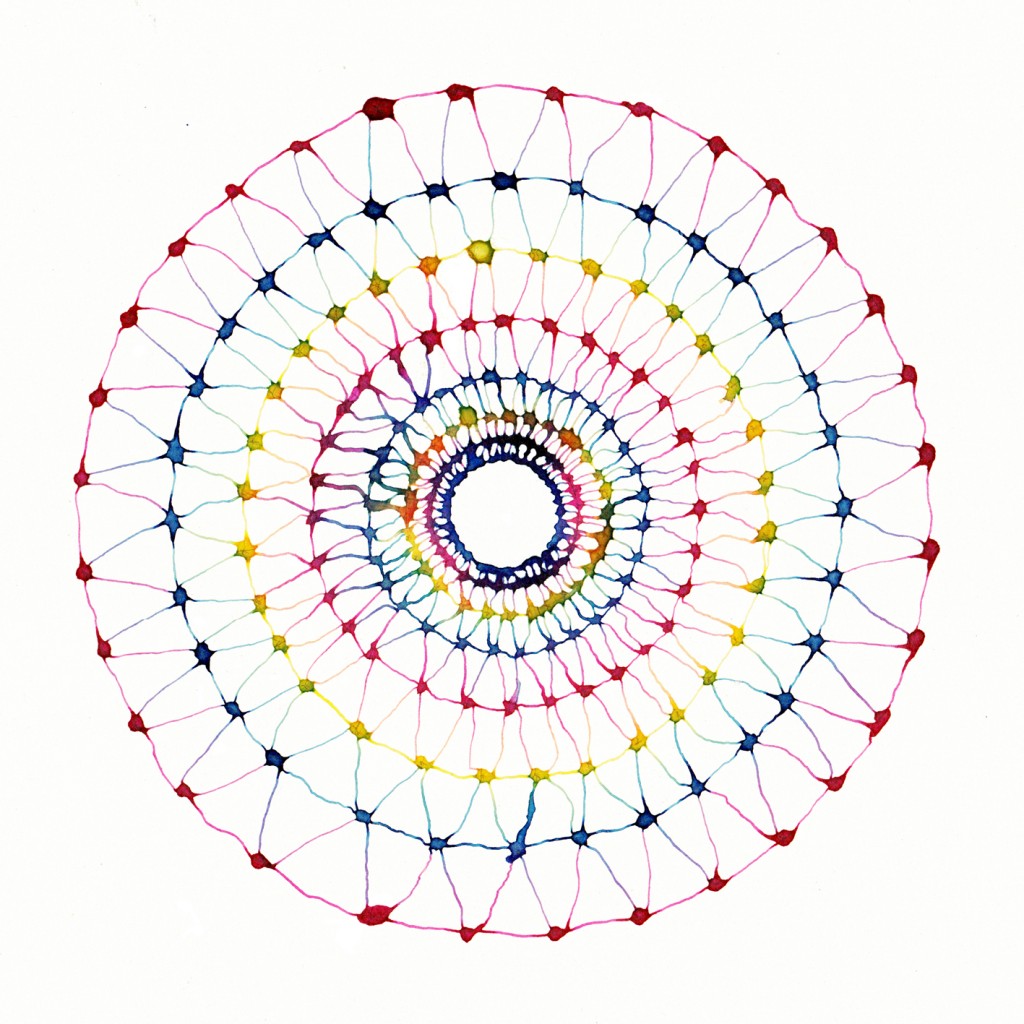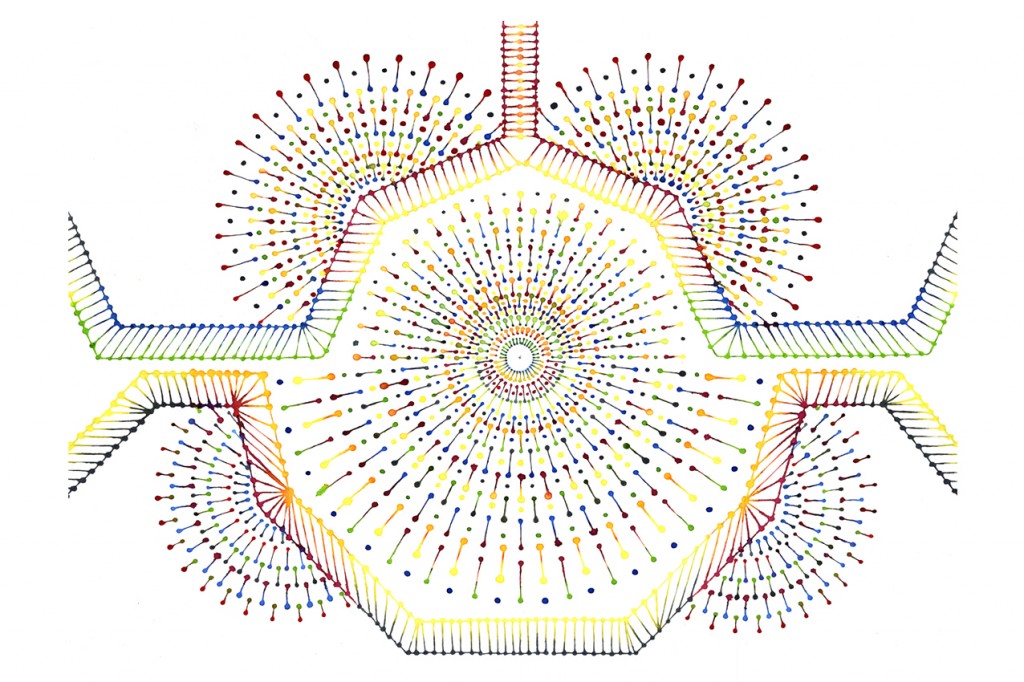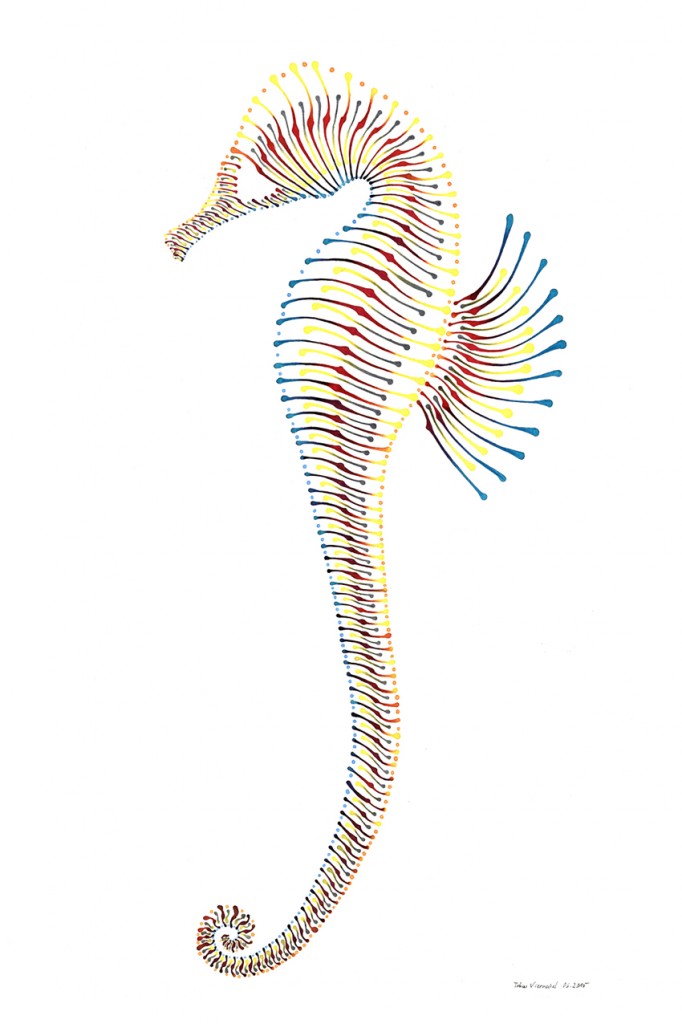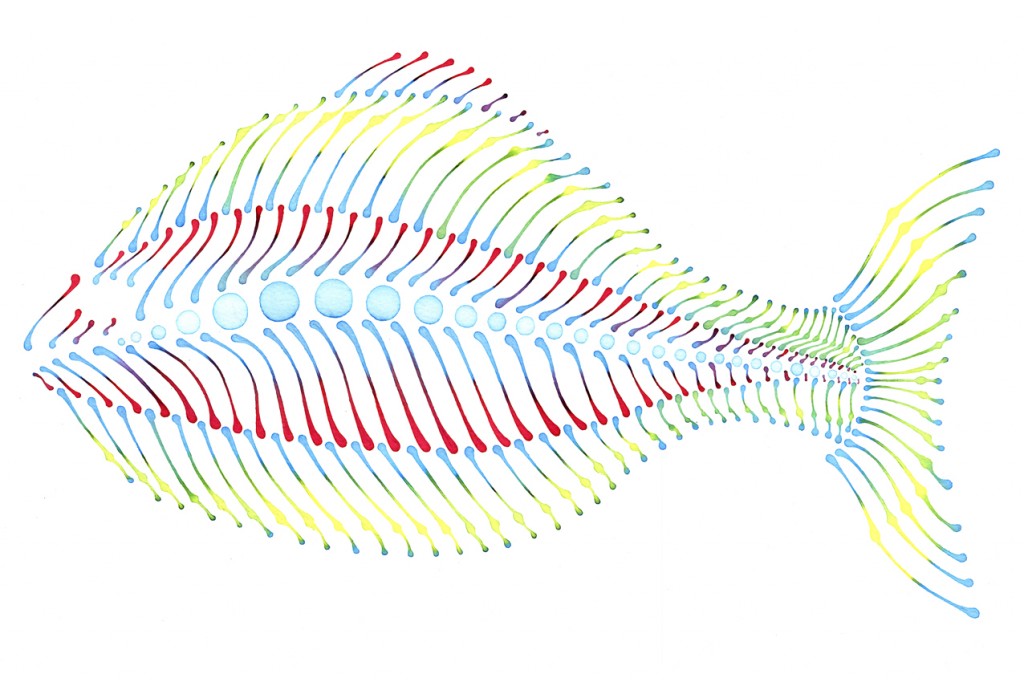Vor vielen Jahren hat meine Faszination für den menschlichen Schädel begonnen und immer wieder habe ich Abbildungen in Form von Schädelfotografien und Bildern als Basis genutzt, um meine eigene Interpretation der Form zu entwickeln. Dabei ging es mir nie um das Thema Tod und Sterblichkeit an sich, sondern um die Form. Eine Form, die in gewisser Weise die Persönlichkeit eines Menschen nach seinem Tod symbolisiert, so meine Auffassung. Künstler wie Picasso, Andy Warhol, Georges Braque oder Max Ernst haben den menschlichen Schädelknochen als Symbol in ihren Werken verarbeitet, jeder in seinem individuellen Stil. Kann man hier schon von Schädelkult sprechen? Betrachtet auf unsere Gesellschaft hat der Schädel oder besser gesagt der Totenkopf immer wieder seinen Weg auf Objekte unserer Umwelt gefunden. Von der Piratenflagge über die Mützen der SS-Truppen, den Westen der Hells Angels oder Shirts bekannter Modemarken. Ist das Ironie oder Ignoranz?
Etwa im Jahr 2000 sind die hier zu sehenden Versionen entstanden, bei denen ich Aquarellfarbe und Fineliner kombiniert habe. Flächen und Geometrie bilden die Komposition rund um das zentrale Element, den menschlichen Schädelknochen.
Um 2002 sind verschiedene Bleistiftarbeiten entstanden, bei denen ich durch schwunghafte Skizzierung der Schatten und Strukturen die eigentliche Schädelform verfremdet habe. Durch das Ausarbeiten sind surreale Objekte entstanden, die für den Betrachter die Basis fast unkenntlich werden lassen. Nur wenige Menschen, die die Arbeiten sehen, können den Schädel erkennen.
2015 habe ich die Technik Dotting entwickelt, bei der ich die Farbe mit medizinischen Spritzen auftrage. Die auf Basis natürlicher Objekte entwickelten Formen entstehen in mehreren Schritten bis am Ende eine Komposition aus Strukturen entsteht, die die Basis für das Gesamtwerk bilden. Skull V5 ist eine Kombination aus V4 und V3 und bildet somit das Optimum der Strukturflächen.
Die digitale Transformation findet nicht nur durch das Einscannen der Arbeiten für die Darstellung im Internet statt, sondern auch durch das Weiterverarbeiten. Auf diese Weise sind die hier sichtbaren Arbeiten entstanden. Da grafische Programme je nach Werkzeug, Filter oder Funktion nach festen Algorithmen arbeiten, entstehen oft komplett neue Formen und Objekte, die dann wiederum in eine neue analoge Form umgewandelt werden können. Ab hier beginnt ein kreativer Prozess, der sich unter Umständen über mehrere Jahre hinzieht und entwickelt.
